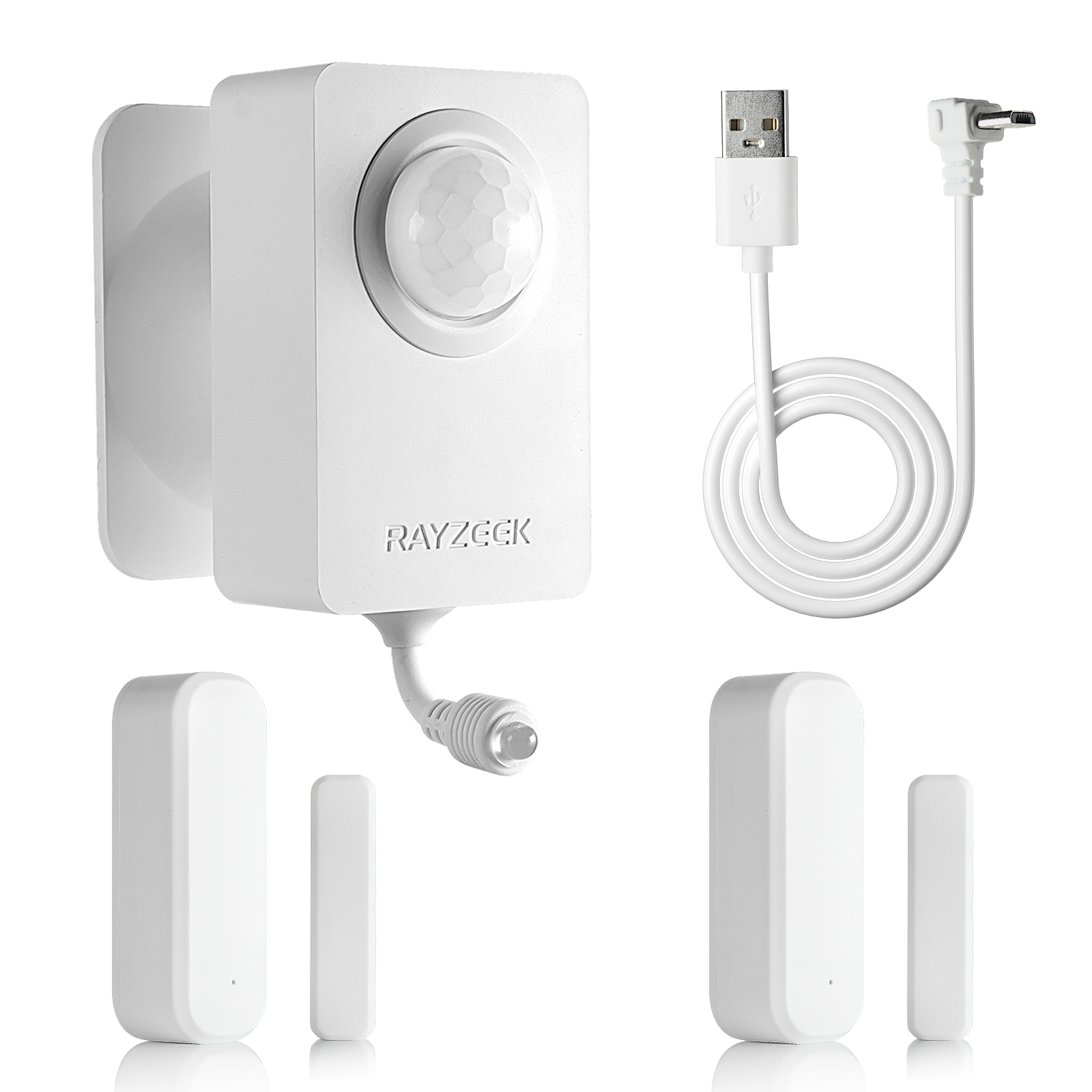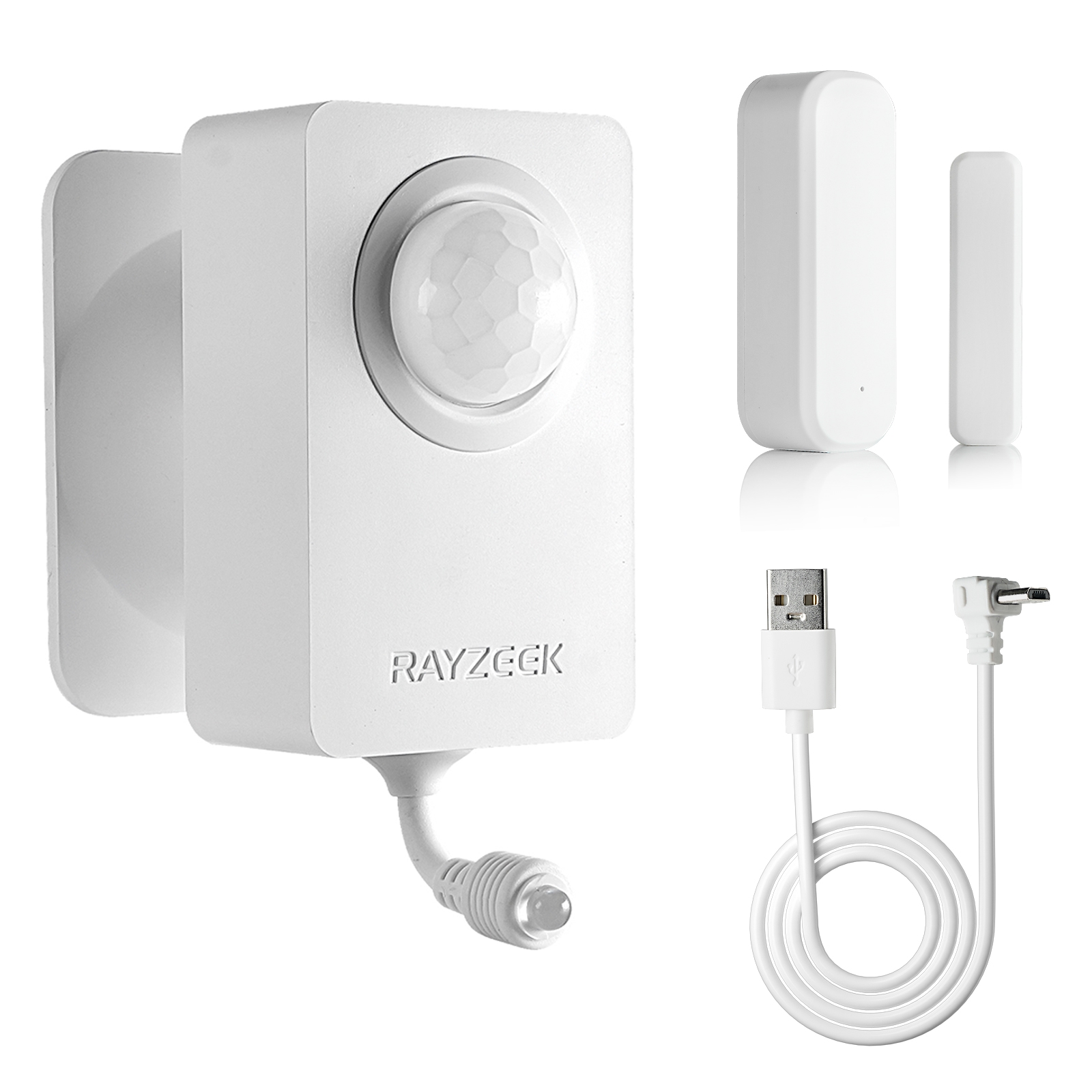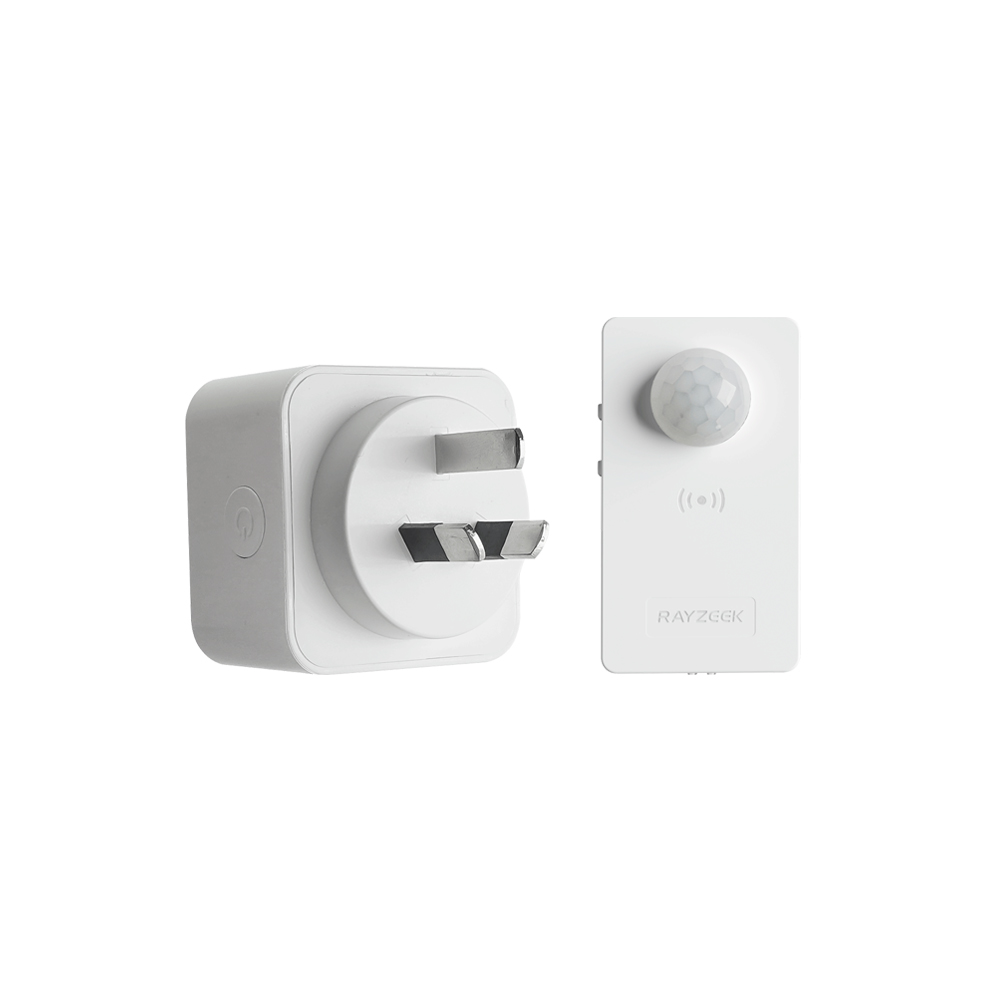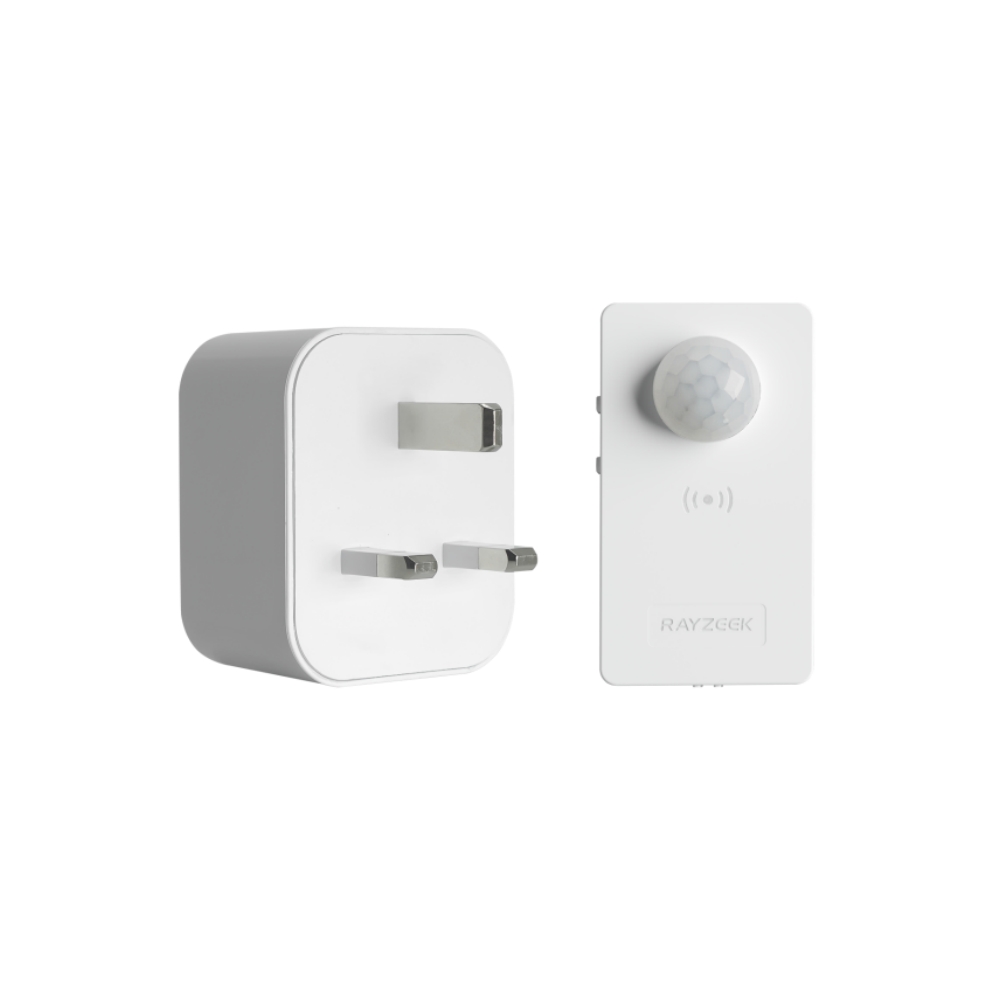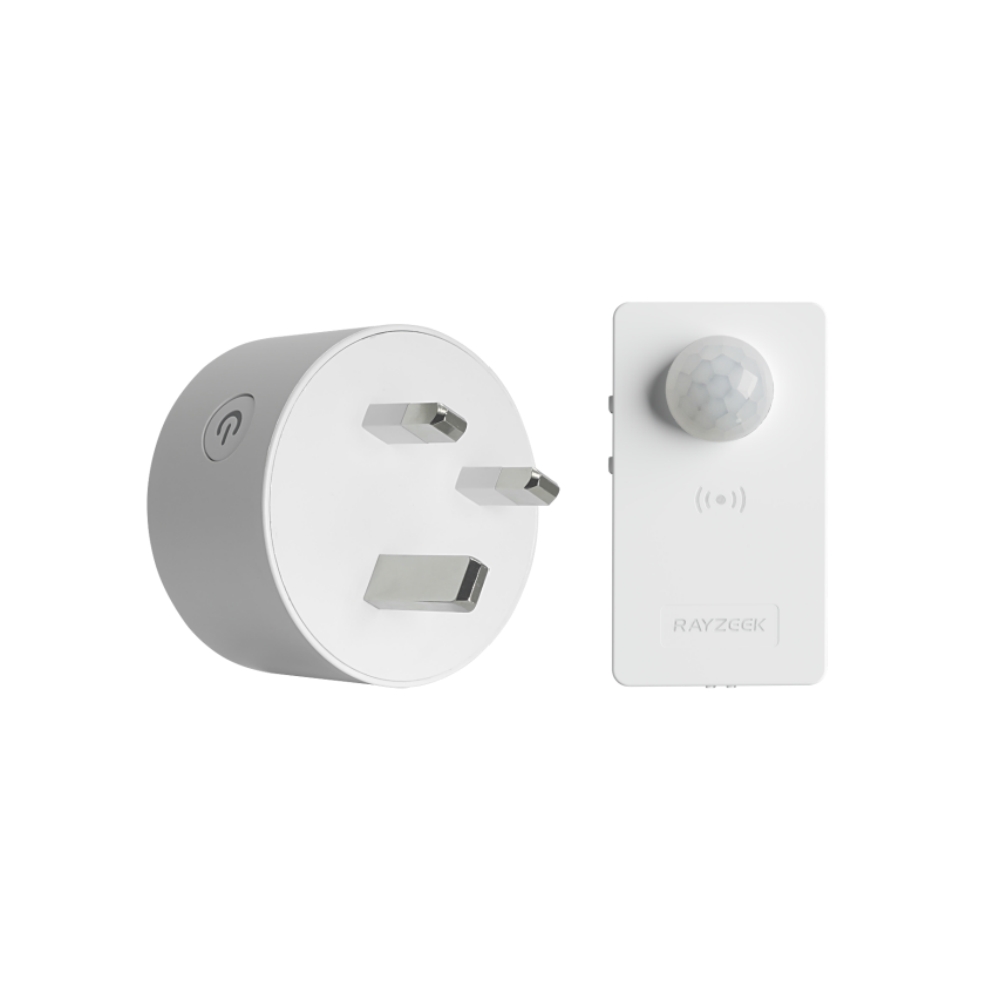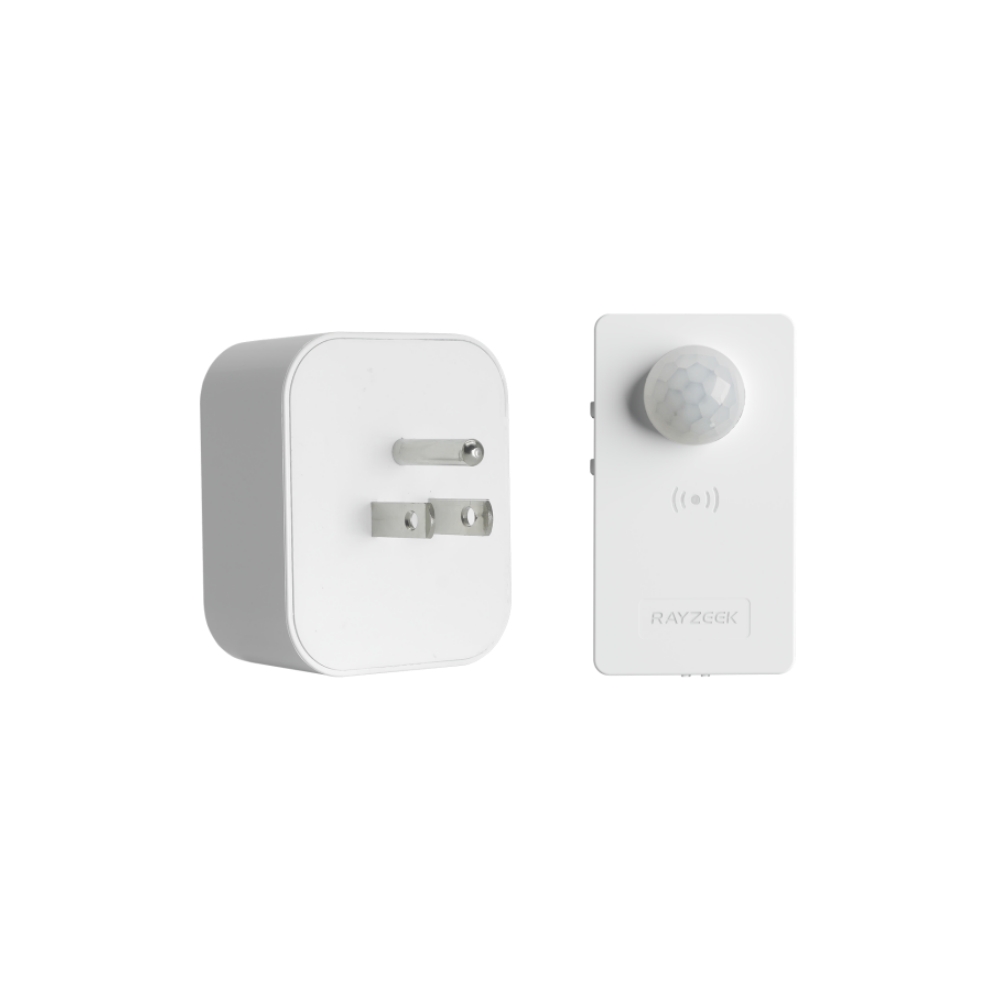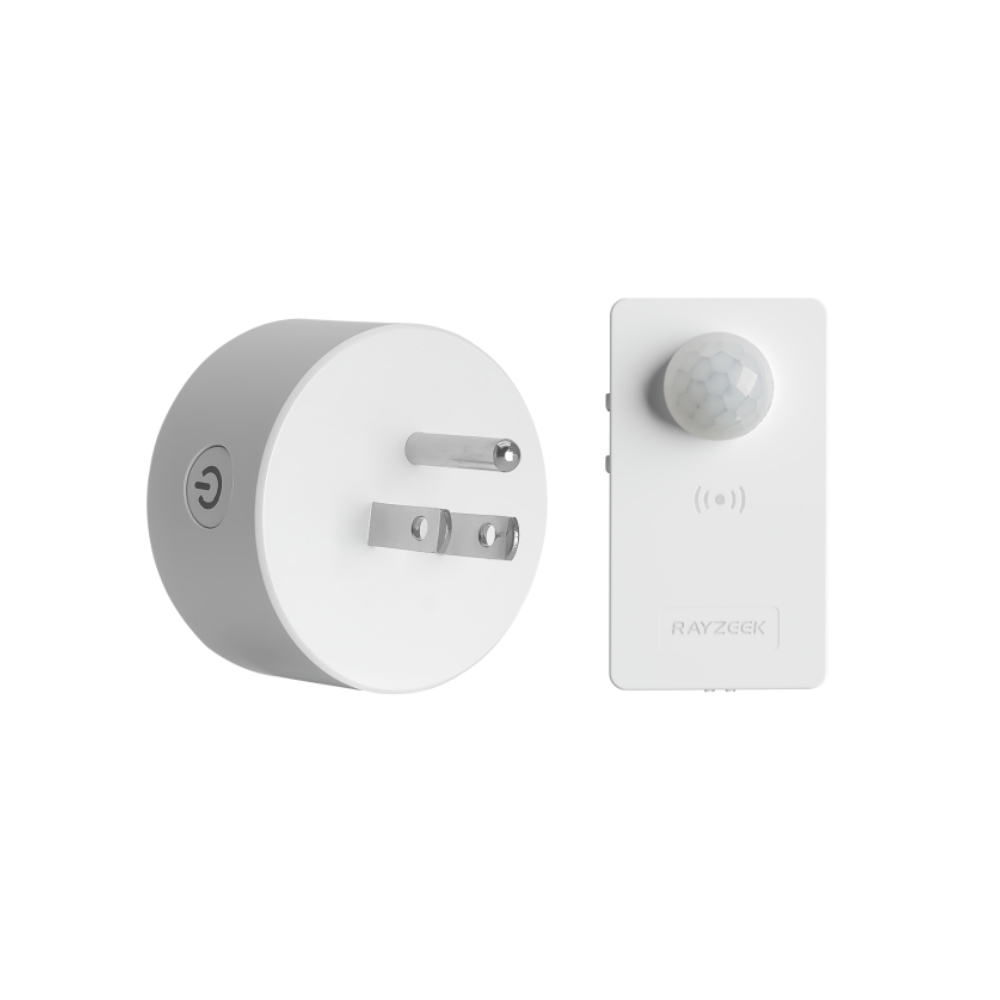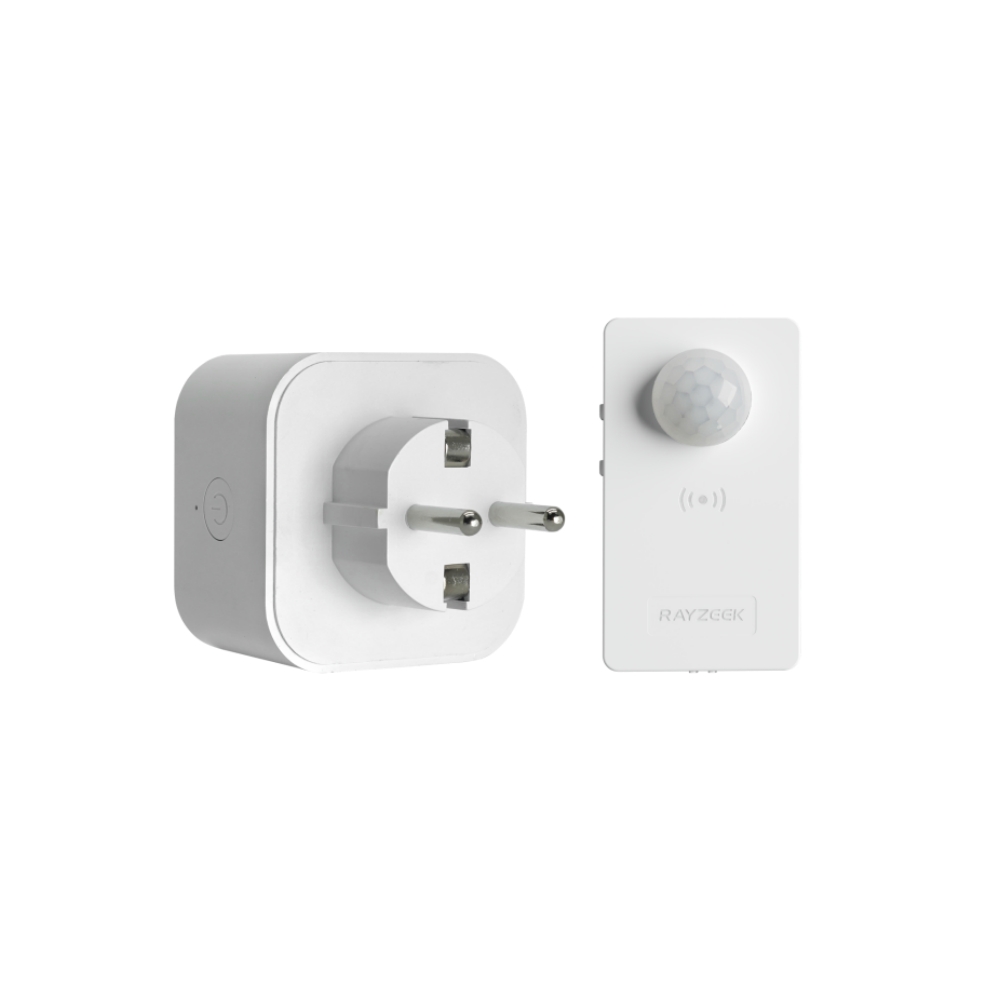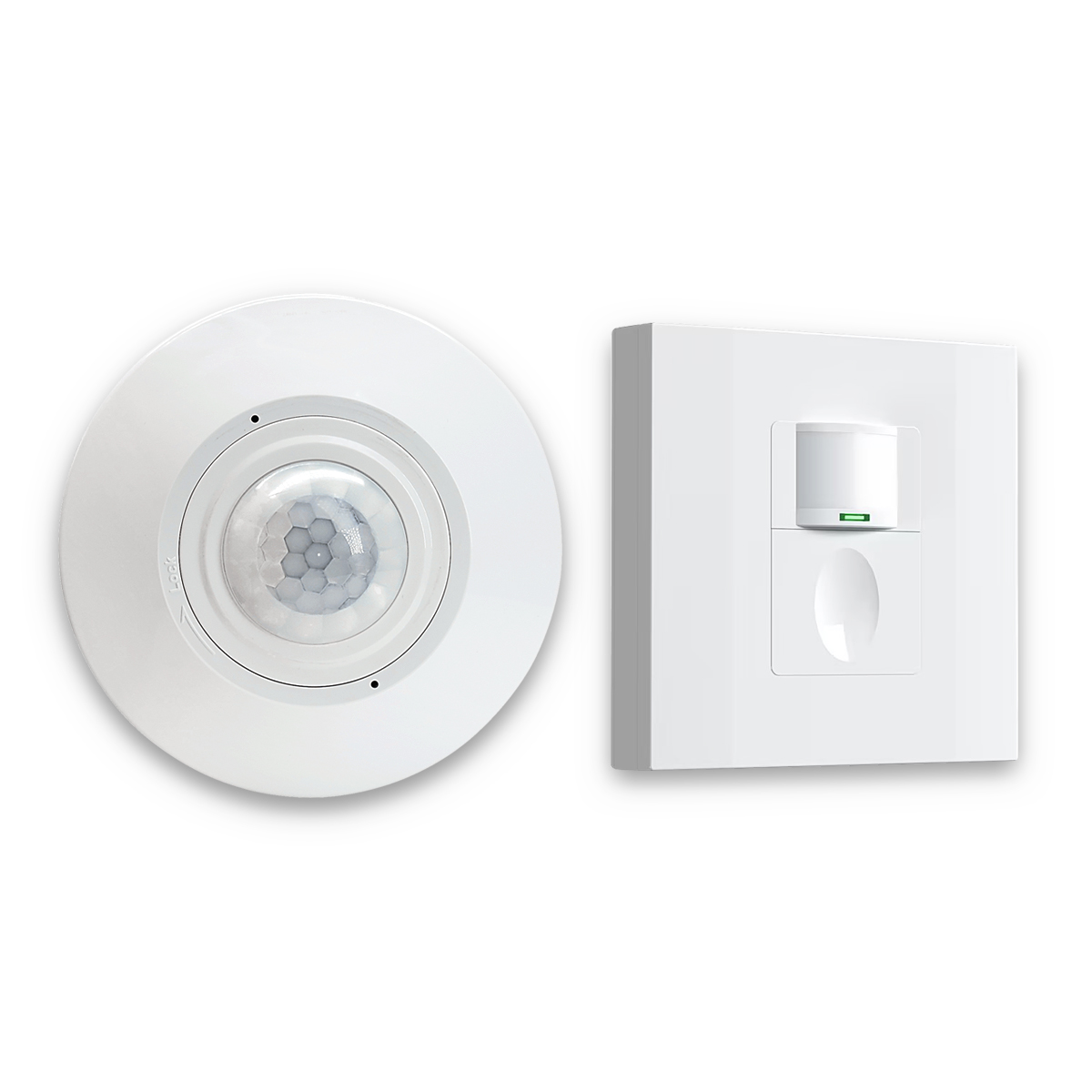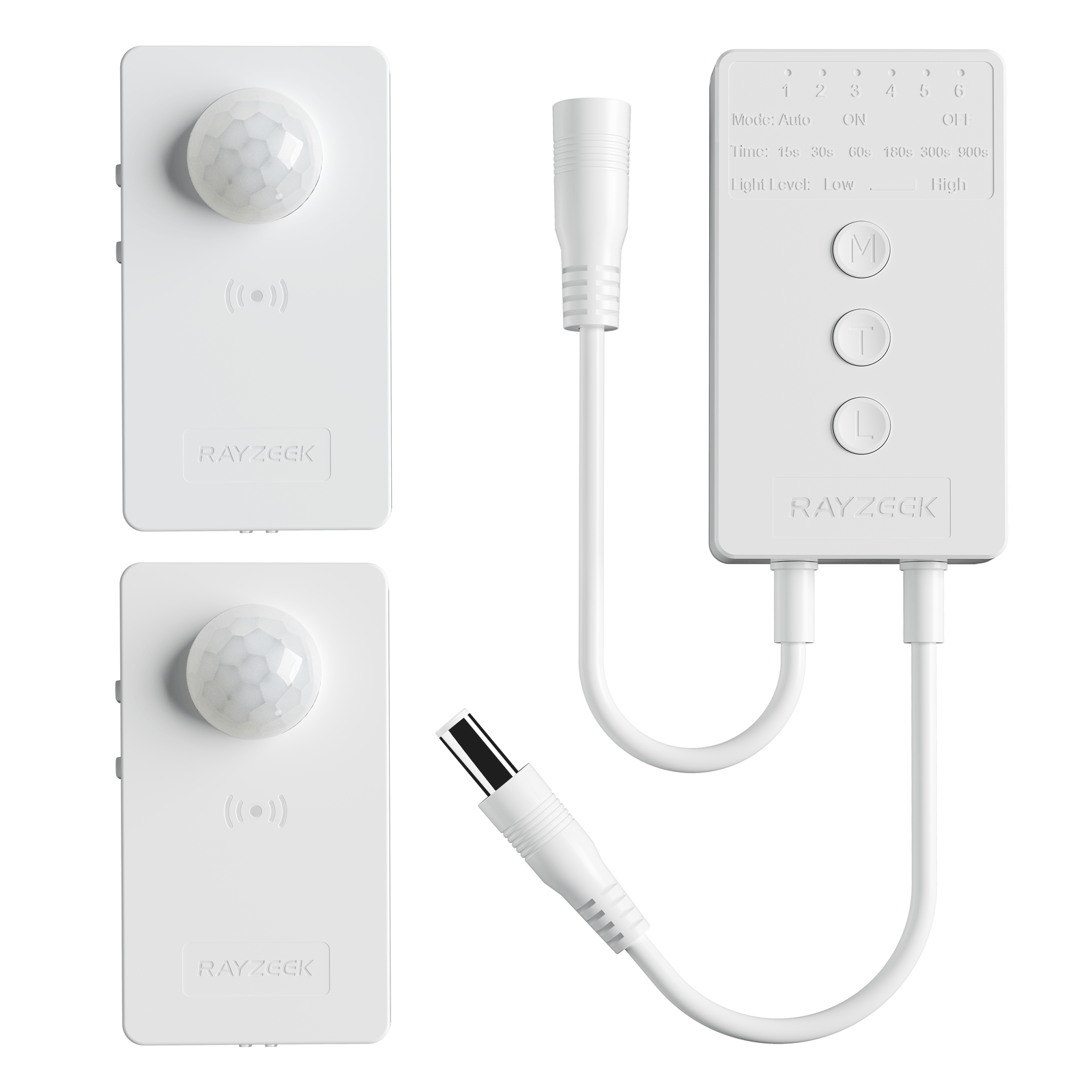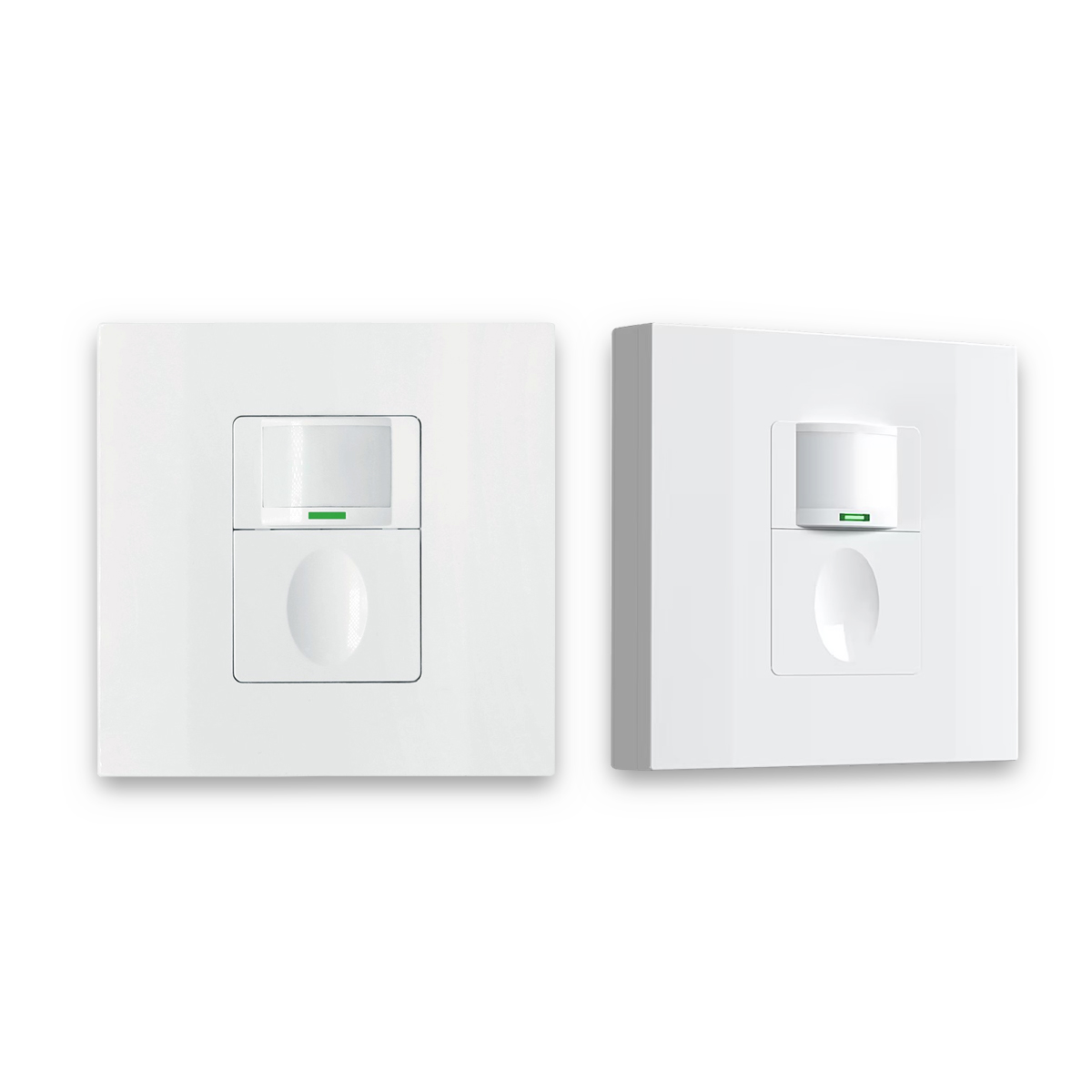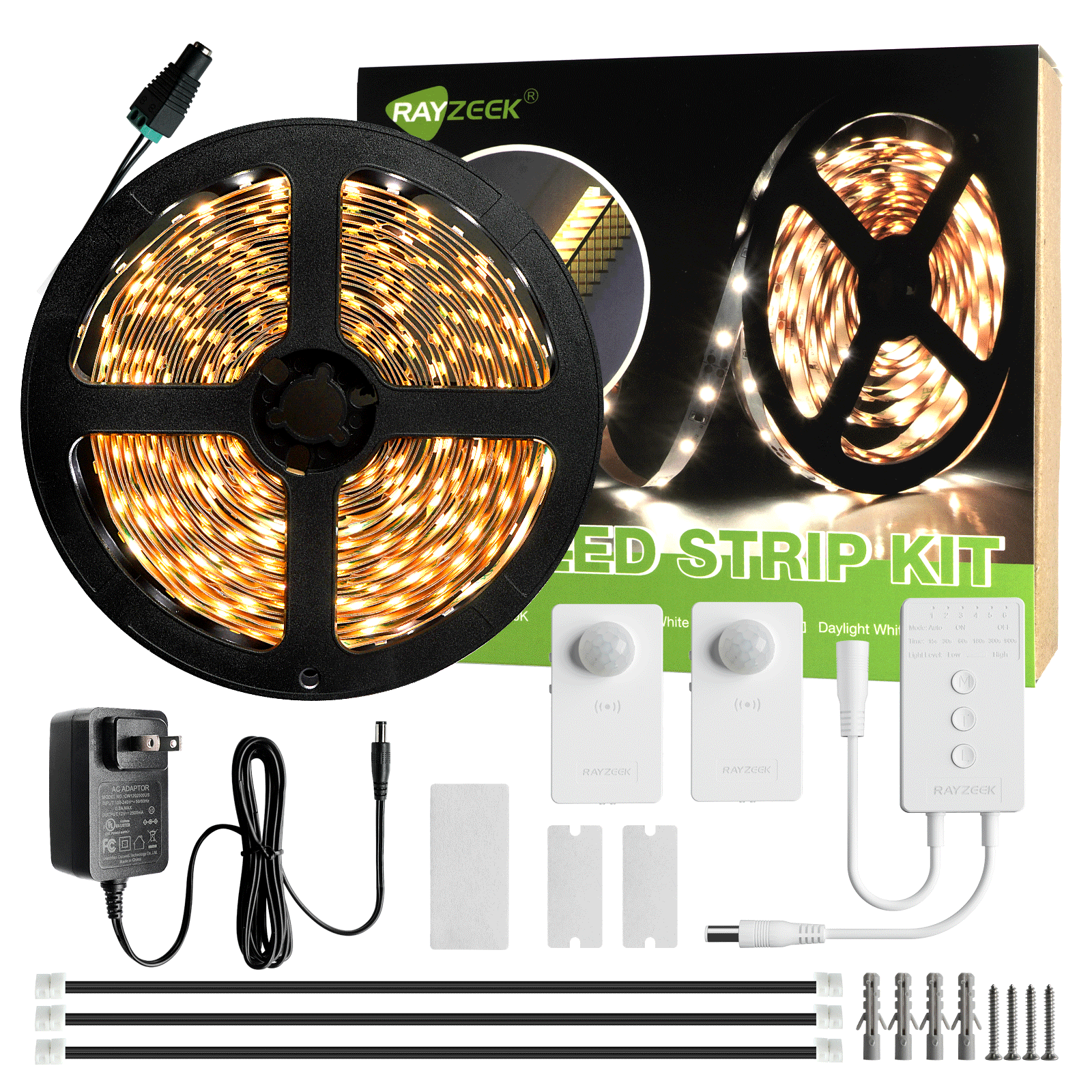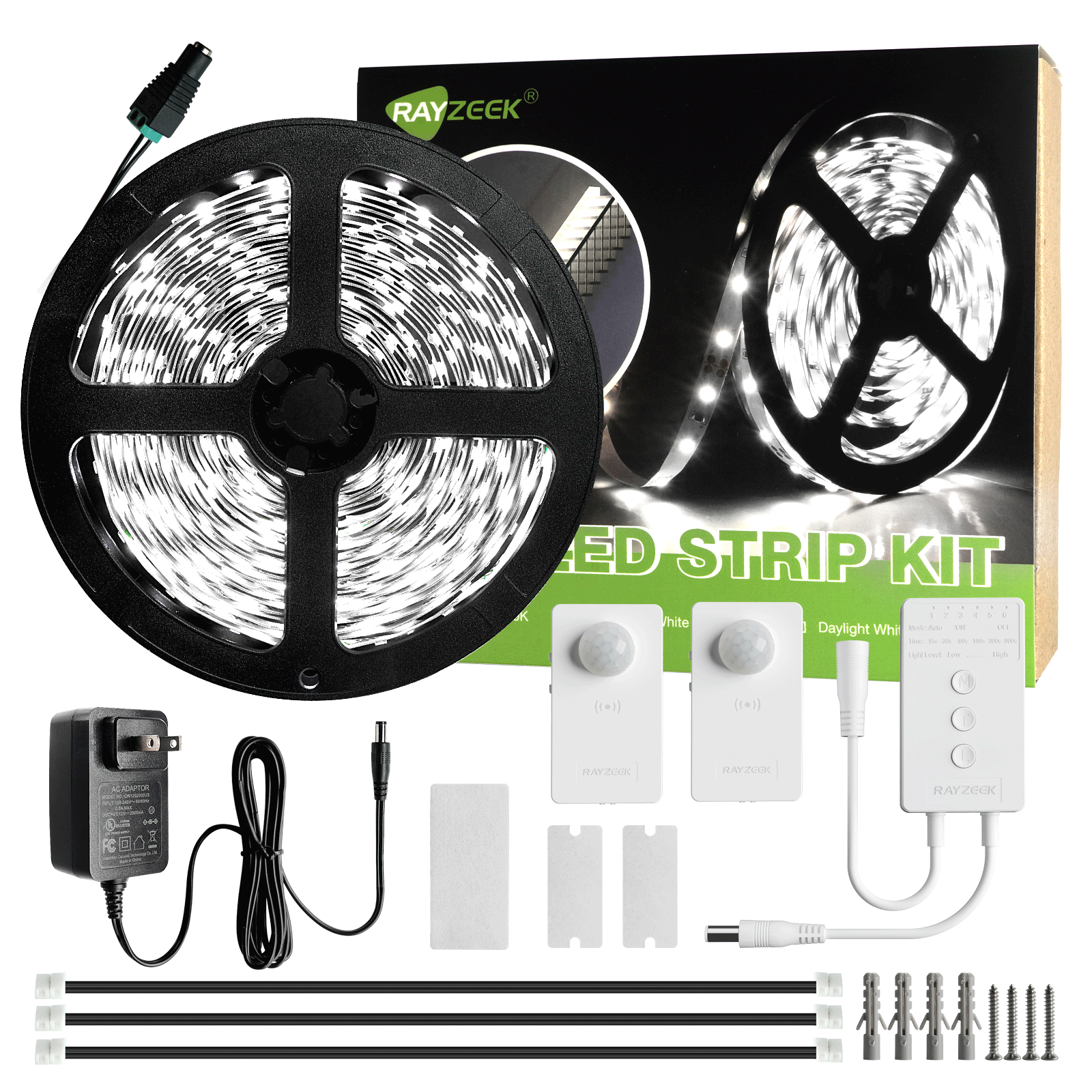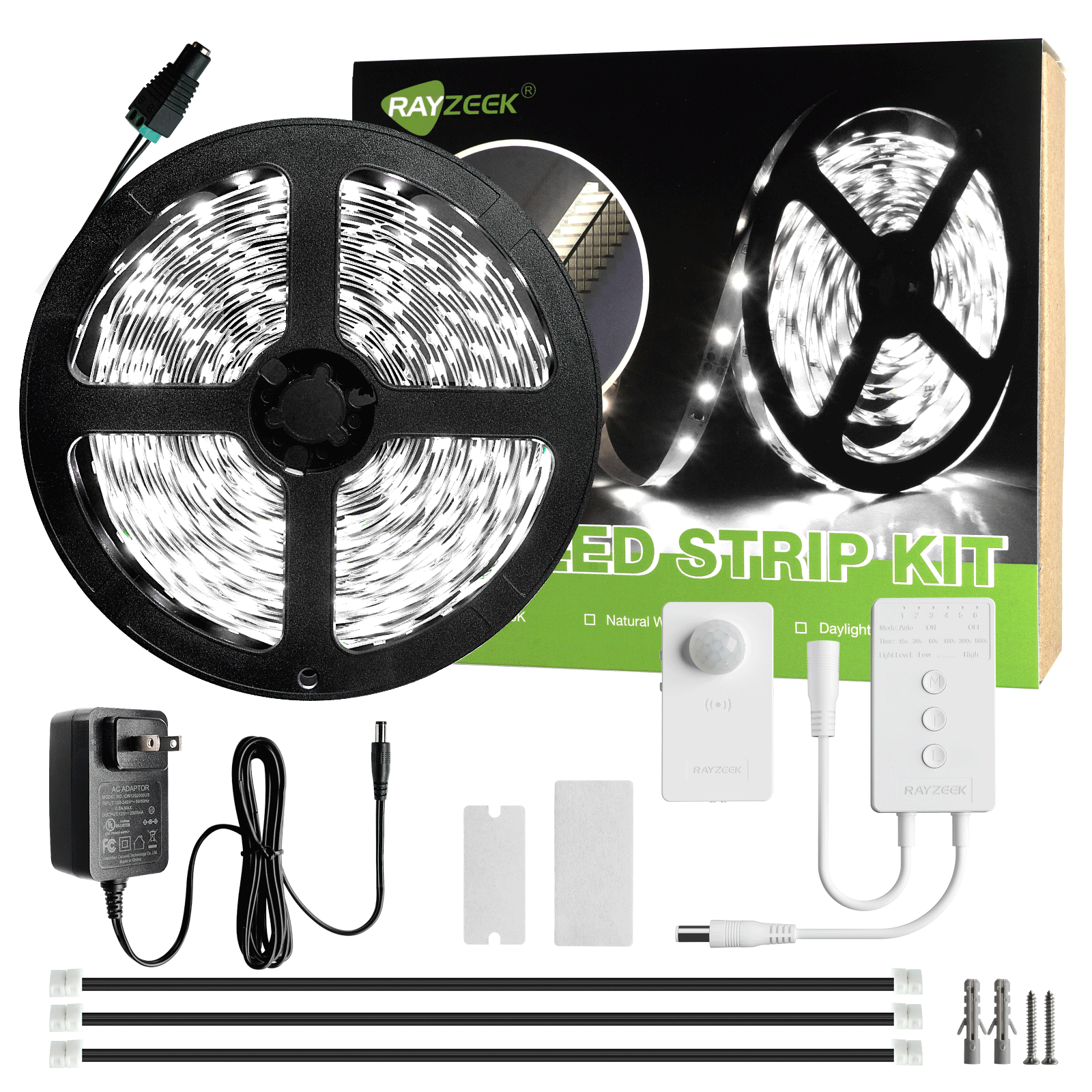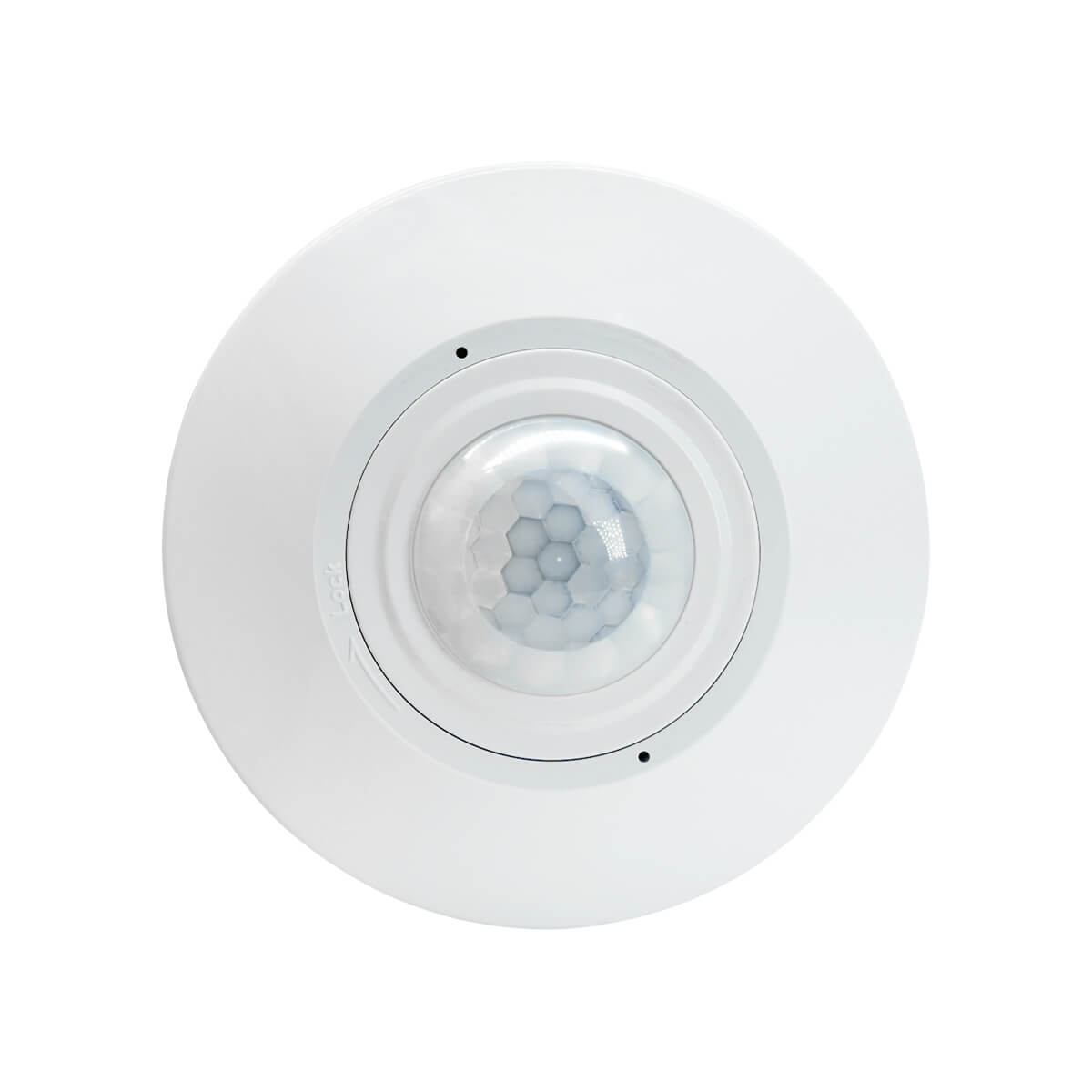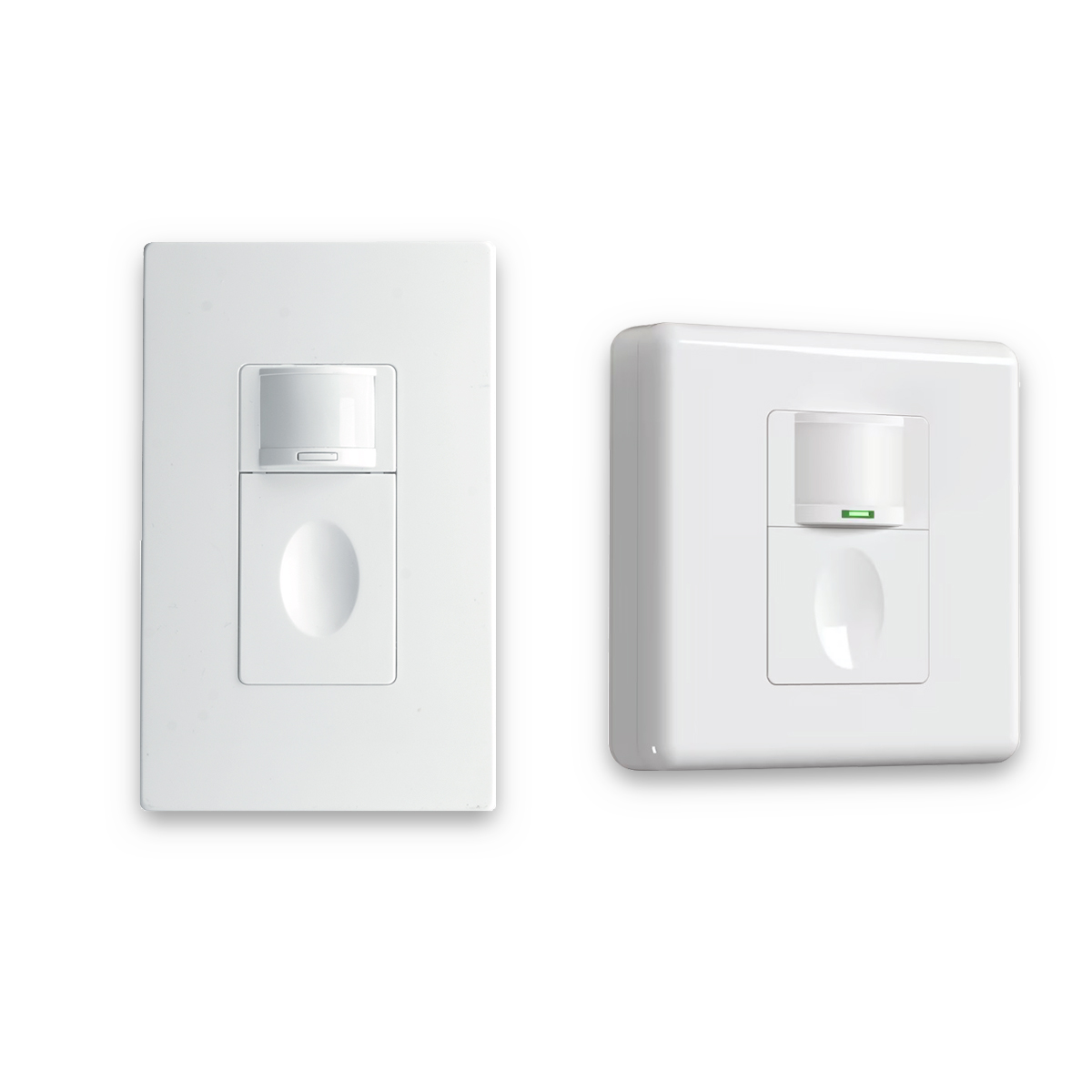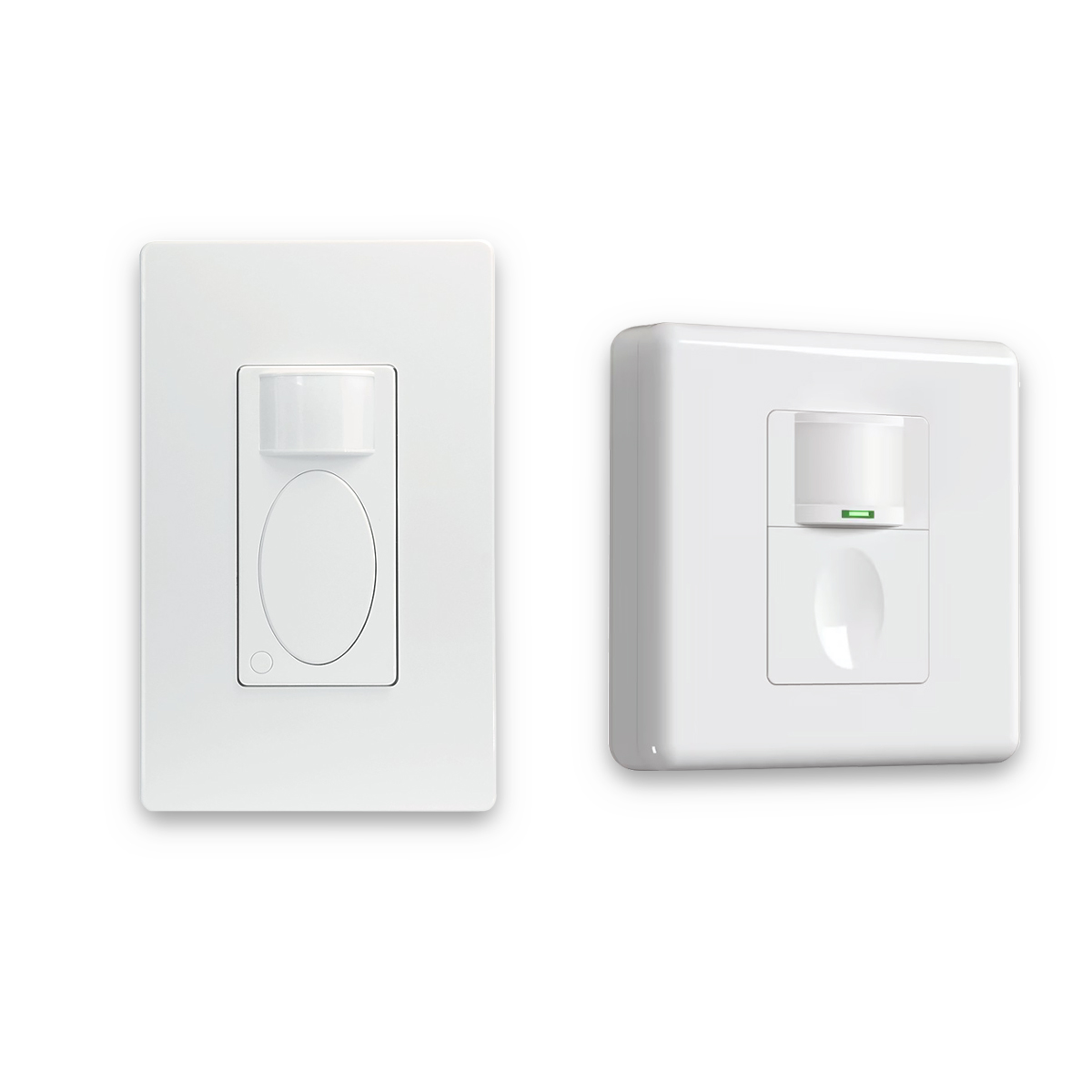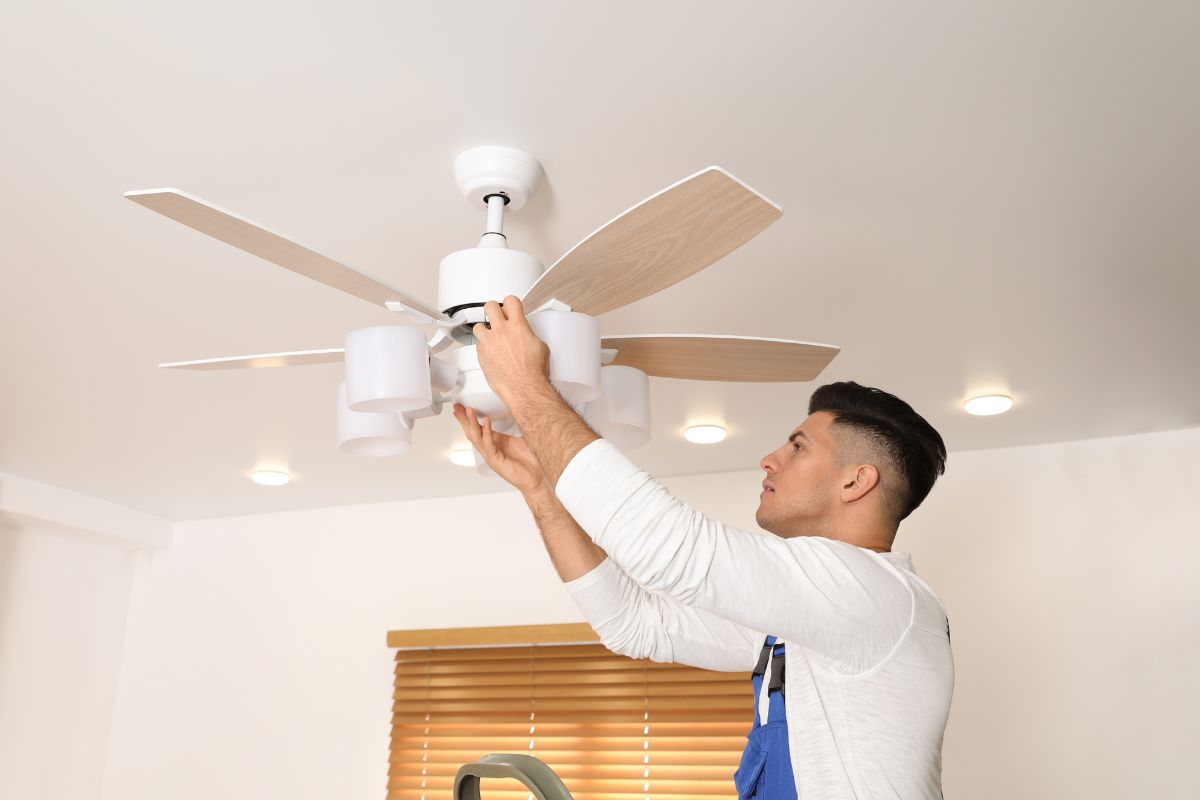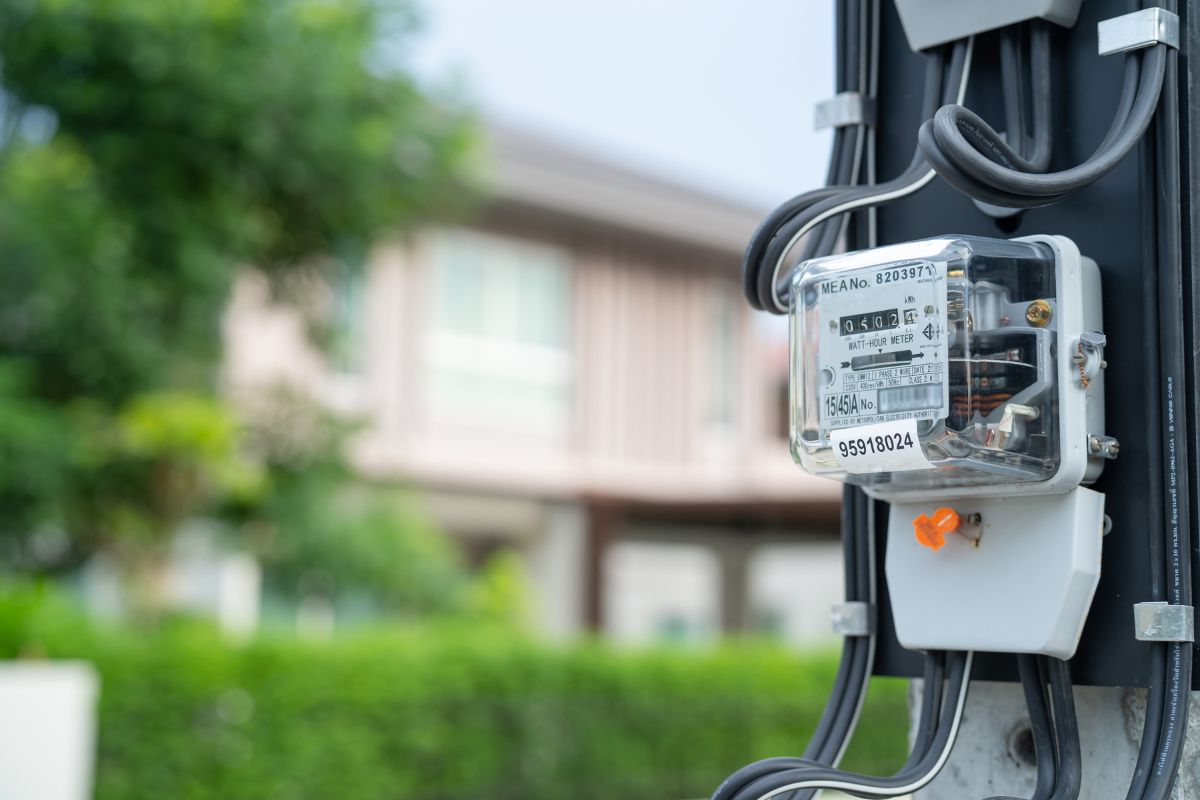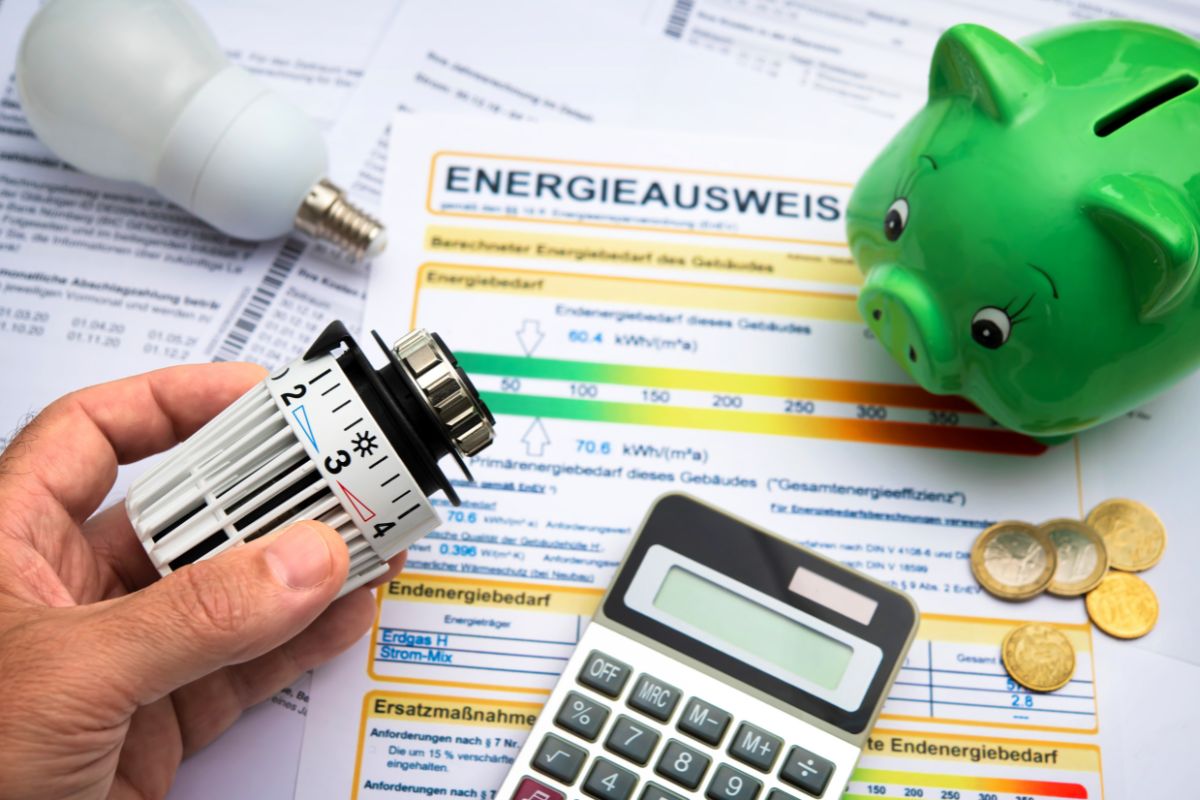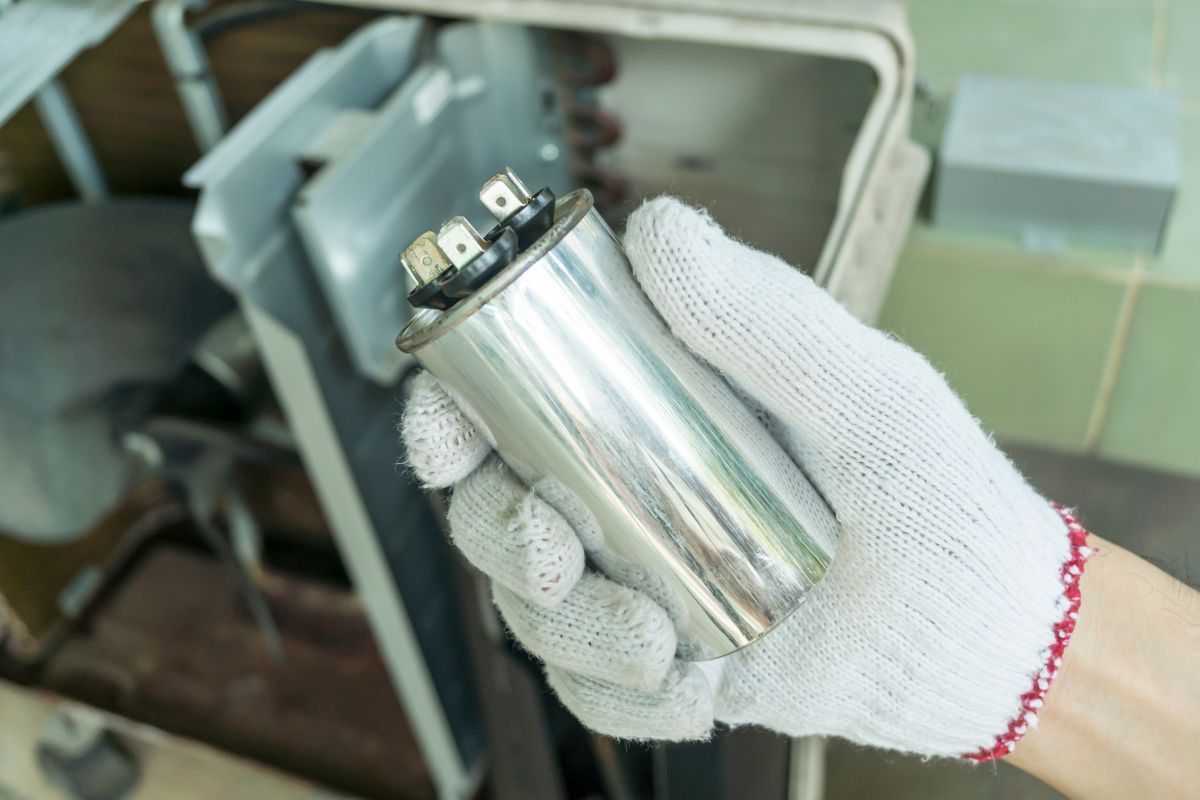Have you ever walked into a house on a sweltering summer day and felt that wave of cool, refreshing air wash over you? Ever wonder how some homes manage to stay so comfortable, even when it feels like the sun is trying to melt everything outside? The answer often lies in a well-maintained central air conditioning system. But it’s more than just a box that blows cold air; it’s a carefully engineered system that keeps your entire home comfortable. You might even think of it as the unsung hero of summer, quietly working to keep you cool and comfortable.
In this article, we’re going to dive deep into the world of central air conditioners. We’ll explore how they work, the different types available, what’s involved in installation, how to keep them running smoothly, and everything else you need to know as a homeowner.
My aim here is to give you a complete understanding of central AC, so you can make smart choices about your home’s cooling system. We’ll cover everything from the basic science behind how these systems work to the latest features and technologies. We’ll also look at common problems, how to troubleshoot them, and what you need to know to keep your system running smoothly for years to come. So, whether you’re thinking about installing a new system, trying to get the most out of your current one, or just curious about how it all works, you’re in the right place. We’ll walk through it together.
What is Central Air Conditioning?
Central air conditioning is a system designed to cool your entire home or building from one central spot. Unlike those window units or portable ACs that only cool one room, central AC gives you consistent cooling throughout the whole house. That means no more fighting over the thermostat or dealing with those annoying hot spots in certain rooms! Plus, you won’t have to deal with the hassle of installing and removing multiple window units. Central AC offers a much more convenient and effective way to keep your home comfortable.
So, how does central AC achieve this uniform cooling? It all starts with a central cooling system that uses a network of ducts to distribute the cooled air. Think of these ducts as pathways that carry the cool air from the central unit to all the different rooms in your house. You might even imagine them as the veins and arteries of your cooling system, delivering that refreshing cool air exactly where it’s needed. These ducts are carefully designed to ensure that every room gets its fair share of cool air, keeping your entire home comfortable.
This system relies on several key components that all work together in harmony. These include the compressor, the condenser, and the evaporator. These components work in a continuous cycle to remove heat from the air inside your home and release it outside. It’s like a continuous loop of heat transfer, constantly working to keep your home cool and comfortable. Each component plays a vital role in this process, ensuring that your home stays at the perfect temperature.
A thermostat acts as the control center for the entire house, constantly monitoring the temperature and telling the system when to turn on or off. Central AC typically uses what’s called a “forced-air” system. This simply means that a fan actively pushes the cooled air through those ducts we talked about earlier. This ensures that the cool air is distributed efficiently and evenly throughout your home, so you can enjoy consistent comfort in every room.
Now, while most homes use a single air handler to circulate the cooled air, some larger homes might need multiple air handlers to get the job done. But even if your home has multiple air handlers, the system still works as a single, integrated unit, all controlled by that central thermostat. This ensures that you get consistent temperature control throughout the entire house, no matter how big it is. So, whether you have a cozy bungalow or a sprawling mansion, central AC can keep you comfortable. In the next section, we’ll take a closer look at exactly how all these components work together to keep your home cool.
How it Works
Central air conditioning might seem like magic, but it’s actually based on a combination of three main processes: the refrigeration cycle, airflow, and thermostat control. These three processes work together seamlessly to cool and distribute air throughout your home. You might think of it as a well-orchestrated symphony of physics and engineering, all working in perfect harmony to keep you comfortable. Each process plays a crucial role, and we’ll explore each one in more detail.
The refrigeration cycle is really the heart of the entire cooling process. It’s all about removing heat from the air inside your home and transferring it to the outside. This is done using a special fluid called a refrigerant, which has the amazing ability to absorb and release heat as it changes state from a liquid to a gas and back again. We’ll dive deeper into this cycle in just a bit, but for now, just remember that it’s the key to how your AC gets rid of that unwanted heat.
Airflow is also incredibly important because it’s what distributes that cooled air throughout your home. The cooled air, which is generated by the refrigeration cycle, is circulated through your house using that network of ducts we talked about earlier. Without proper airflow, that cool air wouldn’t be able to reach all the rooms in your home, and you’d end up with some areas being nice and cool while others remain hot and stuffy.
Finally, the thermostat acts as the control center for the whole system. It constantly senses the temperature in your home and signals the system to turn on or off as needed to maintain your desired temperature. The thermostat uses low-voltage wiring to communicate with the control board, which then activates all the different components of the AC system. You might think of it as the brain of the operation, constantly monitoring and adjusting things to keep you comfortable. So, now that we’ve covered the basics, let’s dive deeper into that refrigeration cycle to really understand how it works.
The Refrigeration Cycle Explained
The refrigeration cycle, which is really the heart of your central air conditioning system, is a continuous process that involves four key stages: compression, condensation, expansion, and evaporation. These stages work together in a never-ending loop to transfer heat from inside your home to the outside, keeping you nice and cool. It’s like a continuous cycle, constantly moving heat to keep your home comfortable. In a way, this process is similar to how your body cools itself when you sweat – the evaporation of perspiration has a cooling effect. The refrigeration cycle is a highly controlled and amplified version of that process.
First up is the compression stage. In this stage, the refrigerant, which is in a gaseous state, gets compressed by a component called the compressor. When you compress a gas, you actually increase its kinetic energy, which causes a significant increase in both its temperature and its pressure. This is a fundamental principle of physics, but you can think of it like squeezing a balloon – the air inside gets hotter, and the pressure increases.
Next, we move on to the condensation stage. The hot, high-pressure refrigerant gas now enters the condenser coil, which is located in the outdoor unit of your AC system. Here, the refrigerant releases all the heat it absorbed from inside your home to the outside air. As it loses heat, the refrigerant condenses back into a high-pressure liquid. So, this is where the heat from your home is actually expelled into the outside environment.
Now, the high-pressure liquid refrigerant flows through something called an expansion valve. This valve drastically reduces the pressure of the refrigerant, and this sudden drop in pressure causes a corresponding drop in temperature. You can think of it like releasing the pressure from a spray can – the contents suddenly become much colder.
Finally, we arrive at the evaporation stage. The now cold, low-pressure liquid refrigerant enters the evaporator coil, which is located inside your home, usually within the air handler. As warm air from inside your home blows across the evaporator coil, the refrigerant absorbs heat from the air and evaporates back into a gas. This is where the real cooling magic happens – the refrigerant absorbs heat from your indoor air, making it cooler and more comfortable.
These changes in pressure are really what drive the entire refrigeration cycle. The high pressure created by the compressor allows the refrigerant to release heat efficiently outdoors, while the low pressure created by the expansion valve allows it to absorb heat effectively indoors. So, you see, it’s all about controlling the pressure to control the temperature and create that cooling effect.
The fundamental principle at work here is something called heat transfer. Heat always moves naturally from a warmer object to a cooler object. So, in this case, heat moves from the warmer air inside your home to the cooler refrigerant inside the evaporator coil. Then, the heat moves from the now warmer refrigerant to the cooler outdoor air in the condenser coil. It’s a natural law – heat always seeks equilibrium, moving from warmer areas to cooler areas until the temperature is balanced.
Now, the refrigeration cycle primarily deals with something called latent heat. Latent heat is the heat that’s associated with changes in the state of a substance, like when a liquid turns into a gas, or a gas turns back into a liquid. This is different from sensible heat, which is the heat that’s associated with changes in temperature without a change in state. Think about boiling water: latent heat is the energy it takes to turn the water into steam, while sensible heat is the energy it takes to raise the water’s temperature to the boiling point. Each stage of the refrigeration cycle involves changes in things like enthalpy and entropy, which are based on the principles of thermodynamics. For example, condensation is an exothermic process that releases latent heat. These are more advanced concepts, but they help to illustrate the scientific principles behind the cooling process. Now that we’ve explored the refrigeration cycle in detail, let’s take a look at the key components that make it all possible.
Key Components
There are several key components that work together to make the refrigeration cycle, and therefore central air conditioning, possible. Each component plays a crucial role in the process of removing heat from your home and keeping you comfortable. They’re like the individual instruments in an orchestra, each contributing its unique sound to create a harmonious and effective cooling system.
The compressor is often considered the “heart” of the system, and for good reason. Its main job is to compress the refrigerant gas, which increases its temperature and pressure. This prepares the refrigerant for the next stage, the condensation stage, and really, it’s the engine that drives the entire refrigeration cycle. Without the compressor, the whole process simply wouldn’t work.
The condenser coil is located in the outdoor unit of your AC system. It’s responsible for releasing all that heat that the refrigerant absorbed from inside your home to the outside air. The condenser coil also has a fan that blows air over the coil, which helps to facilitate the heat transfer process. So, this is where the heat is rejected to the environment, kind of like the radiator in your car.
The evaporator coil, on the other hand, is located in the indoor unit, typically inside the air handler. Its main job is to absorb heat from the air inside your home. As warm air blows across the evaporator coil, the refrigerant inside absorbs the heat, which cools the air down. This is where the air inside your home is actually cooled, making your living space more comfortable.
The expansion valve is a small component, but it’s absolutely crucial to the entire process. It regulates the flow of refrigerant and creates a pressure drop, which causes the refrigerant to cool down significantly before it enters the evaporator coil. You can think of it like a precise nozzle, carefully controlling the flow and temperature of the refrigerant to ensure optimal cooling.
Get Inspired by Rayzeek Motion Sensor Portfolios.
Doesn't find what you want? Don't worry. There are always alternate ways to solve your problems. Maybe one of our portfolios can help.
The refrigerant is the fluid that circulates throughout the entire system, constantly absorbing and releasing heat. It’s a specially formulated substance with unique properties that allow it to change state from a liquid to a gas and back again at specific temperatures and pressures. You might think of it as the lifeblood of the system, carrying heat from one place to another to keep your home cool.
The air handler is the indoor unit that circulates air throughout the system and your ductwork. It typically contains a blower fan, which pushes the air, and the evaporator coil, which cools the air. The air handler also houses an air filter, which removes dust and other particles from the air, improving your indoor air quality. You might think of it as the distribution center for the cooled air, ensuring that every room in your home receives a steady stream of refreshing coolness. By the way, compressors themselves can be of different types, including scroll, reciprocating, and rotary, each with different efficiency and noise levels. Scroll compressors are generally more efficient and quieter than reciprocating compressors. Now, let’s take a closer look at how the air handler and ductwork work together to distribute the cooled air throughout your home.
Airflow and Ductwork
Once the air has been cooled by the evaporator coil, the air handler takes over and pushes that cooled air into the ductwork. This ductwork is the crucial link between your cooling system and the living spaces in your home, delivering that refreshing coolness to every room. You might even think of it as the highway system for cool air, ensuring that everyone in your home enjoys a comfortable temperature.
Ductwork is essentially a system of tubes that distributes air throughout your house. These tubes are typically made of materials like sheet metal, fiberglass, or flexible plastic. Vents, which are also known as registers, are the openings in your rooms where the cooled air enters, providing you with that refreshing coolness. Then, you also have return vents, which pull air back into the system to be re-cooled. It’s a closed-loop system, constantly circulating and cooling the air to keep your home comfortable.
Duct sealing is a really critical aspect of maintaining an efficient central air conditioning system. Sealing the ducts prevents leaks, which ensures that the cooled air reaches its intended destination without being wasted along the way. Leaky ducts can significantly reduce the efficiency of your system and increase your energy bills, costing you money. It’s like patching holes in a water hose – you want to make sure all the water, or in this case, the cool air, gets to where it’s supposed to go.
Airflow balancing is achieved through the use of dampers within the ducts. These dampers can be adjusted to regulate the amount of airflow to different zones or rooms in your house, which helps to ensure consistent cooling throughout the entire home. You might think of them as automated valves, carefully controlling the flow of air to different zones to maintain a comfortable temperature everywhere.
Proper airflow also depends on maintaining adequate static pressure within the ductwork. Too much or too little static pressure can reduce the efficiency of your system and cause other problems. It’s like the air pressure in your car tires – it needs to be just right for optimal performance. So, now that we’ve covered the fundamental principles of central air conditioning, let’s move on and explore the different types of systems that are available.
Types of Central Air Conditioners
Central air conditioners aren’t a one-size-fits-all kind of thing. There are actually several different types of systems available, and each one has its own unique advantages and disadvantages. The main types you’ll encounter include split systems, packaged systems, variable-speed systems, and zoned systems. Choosing the right type really depends on your specific needs and circumstances, so let’s explore each of these types in more detail to help you make the best decision for your home.
Split vs. Packaged Systems
Two of the primary types of central air conditioning systems are split systems and packaged systems. The main difference between these two types lies in how the components of the system are arranged. You can think of it like choosing between a desktop computer with separate components and an all-in-one computer – each has its own advantages.
Split systems, as the name suggests, have separate indoor and outdoor units. The indoor unit typically contains the evaporator coil, which cools the air, and the air handler, which circulates the air throughout your home. The outdoor unit, on the other hand, houses the compressor and the condenser coil, which are responsible for releasing heat to the outside environment. This is the most common type of system you’ll find in residential homes.
Packaged systems, on the other hand, have all of the components – the compressor, the condenser coil, the evaporator coil, and the air handler – all housed together in a single outdoor unit. This can be a good option for homes that have limited indoor space, as it eliminates the need for a separate indoor unit.
Split systems offer several advantages that make them a popular choice for homeowners. Because the noisy compressor is located outside, split systems are generally quieter indoors, which can be a big plus if you’re sensitive to noise. They also offer more flexibility in terms of placement, as the indoor unit can be located in a closet, an attic, or another out-of-the-way space. This makes them a great choice for homeowners who prioritize quiet operation and flexible installation options.
Packaged systems also have their own set of benefits. They can be easier to install in some cases, especially in homes with limited indoor space, as everything is contained in a single unit. They’re also often used in warmer climates, where cooling is the primary concern. However, it’s worth noting that packaged systems may have slightly lower efficiency if long duct runs are required to distribute the cooled air throughout the home.
Split systems are generally more common in residential settings, while packaged systems are sometimes used in commercial buildings or in homes with limited indoor space. There are also hybrid systems that combine a split system with a heat pump for both heating and cooling. These offer the flexibility of both heating and cooling in one system, which can be a great option in climates with moderate winters. Now, beyond the basic configuration of split versus packaged systems, central air conditioners also differ in their operating speed, which we’ll explore next.
Variable-Speed vs. Single-Speed
Another key distinction among central air conditioners is their operating speed: you have single-speed systems and variable-speed systems. This refers to the ability of the system to adjust its cooling output based on the needs of your home. You can think of it like the difference between a car with a single gear and a car with multiple gears – one offers more control and flexibility.
Single-speed air conditioners operate at only one speed: full blast. This means they’re either on and running at their full cooling capacity, or they’re completely off. This on-off cycle can lead to temperature fluctuations in your home, as the system overcools and then allows the temperature to rise before kicking back on. It can also lead to higher energy bills, as the system is always running at full power, even when you don’t need that much cooling.
Variable-speed air conditioners, on the other hand, can adjust their cooling output based on the actual cooling demand in your home. This is similar to how cruise control works in a car, maintaining a consistent speed by adjusting the engine’s output as needed. They represent a shift towards more responsive and adaptable home climate control, providing just the right amount of cooling at any given time. Because they can run at lower speeds for longer periods, they provide more consistent temperatures and better humidity control, keeping your home comfortable without those annoying temperature swings.
This difference in operation has a significant impact on energy efficiency. Variable-speed systems are significantly more efficient than single-speed systems, often by as much as 30-50%. This increased efficiency translates to significant savings on your energy bills over the long run, which can really add up.
However, it’s important to keep in mind that this increased efficiency comes at a higher upfront cost. Variable-speed systems are generally more expensive to purchase and install than single-speed systems. So, it’s really a trade-off between the initial investment and the long-term savings you’ll realize on your energy bills.
The increased efficiency and adaptability of variable-speed systems are made possible by more advanced compressor and fan motor technology. This often includes the use of inverter-driven compressors, which allow for precise control of the motor speed. This technology allows the system to fine-tune its operation for optimal performance, providing just the right amount of cooling at any given time.
Beyond just efficiency, variable-speed systems also provide a greater level of comfort in your home. They offer more consistent temperatures and better humidity control because they can run at lower speeds for longer periods, avoiding those annoying temperature fluctuations that you get with single-speed systems. Variable-speed systems are also typically quieter, which can make a big difference in your overall comfort. This all adds up to a more comfortable and consistent indoor environment for you and your family. It’s worth noting that variable-speed compressors can be two-stage, meaning they have two levels of operation, or fully variable, offering a wide range of speeds. Fully variable compressors offer the greatest flexibility and efficiency. Another way to customize your cooling and enhance your comfort is with a zoned system, which we’ll explore next.
Zoned Systems
Zoned systems offer a fantastic way to customize your home’s cooling by allowing you to set different temperatures in different areas, or zones, of the house. This gives you much greater control over your home’s climate and can also lead to significant energy savings. It’s like having multiple thermostats for different parts of your house, allowing you to create the perfect environment in each area.
Zoned systems achieve this customized cooling through the use of dampers in the ductwork. These dampers are like automated valves that open and close to control the airflow to each zone, directing the cooled air to where it’s needed most. This allows you to prioritize cooling in certain areas of your home while reducing cooling in others.
Each zone in a zoned system has its own thermostat, which allows you to set different temperatures for different areas of the house. This provides independent temperature control for each zone, giving you the ability to customize the temperature in each area to your liking and create the perfect environment for your specific needs.
The benefits of zoned systems are numerous, including increased comfort and significant energy savings. By only cooling the areas you’re actually using, you can significantly reduce your energy consumption and lower your utility bills. You’re essentially avoiding wasting energy on cooling areas that are unoccupied, which saves you money and reduces your environmental impact.
Zoned systems are particularly useful in larger homes, multi-story homes, or homes with varying sun exposure. These situations often have different cooling needs in different areas, making zoning an ideal solution. For example, you might want to keep the bedrooms cooler than the living room during the day, or you might want to focus cooling on the sunny side of the house while reducing cooling on the shaded side.
While it’s often easier to install zoning when you’re installing a new central AC system, it can sometimes be retrofitted to existing systems. However, there are limitations to keep in mind, such as the existing ductwork size and capacity. Your system may not be able to create drastically different temperatures in all zones simultaneously, so it’s important to consult with a qualified HVAC professional to determine if retrofitting is feasible for your home. Proper design and installation are absolutely crucial to avoid putting excessive strain on the system. A poorly designed zoned system can actually reduce efficiency and cause other problems, so it’s essential to get it done right. Now that we’ve covered the different types of central air conditioners, let’s move on and discuss the installation process.
Installation
Due to the complexity of central air conditioning systems, professional installation is highly recommended. While you might be tempted to try it yourself to save some money, it’s really best left to the experts. Professional installation ensures that the system is set up properly, that all the components are working correctly, and that you avoid potential problems down the line. It’s really not a DIY project – it requires specialized knowledge, tools, and experience.
Looking For Motion-Activated Energy-Saving Solutions?
Contact us for complete PIR motion sensors, motion-activated energy-saving products, motion sensor switches, and Occupancy/Vacancy commercial solutions.
The placement of the outdoor unit is a key consideration during installation. It needs to be placed in a location where it has adequate airflow to easily dissipate heat, where it’s on a level surface to ensure proper operation, and where the noise won’t be a disturbance to you or your neighbors. Proper ductwork is also essential, including correct sizing to ensure adequate airflow, proper sealing to prevent leaks, and adequate insulation to maximize efficiency and prevent energy loss.
Installation also involves ensuring that your home has an adequate power supply and proper wiring for the system. This is crucial for safe and reliable operation. Safe handling of refrigerant by certified technicians is also extremely important, as refrigerants can be harmful to both your health and the environment if they’re mishandled. Only certified technicians are legally allowed to handle refrigerants, so it’s essential to choose a qualified and reputable installer.
The installation process can take anywhere from a few hours to a few days, depending on the complexity of the system and the layout of your house. It’s also crucial that the installation complies with all local building codes and regulations to ensure safety and proper operation. Improper installation can lead to a number of problems, including a reduced system lifespan, decreased efficiency, higher energy bills, voided warranties, and even potential safety hazards. That’s why it’s so important to choose a reputable and qualified contractor for the installation. A crucial part of the installation process is choosing the right size system for your home, which we’ll discuss next.
Choosing the Right Size
Choosing the right size central air conditioner is absolutely crucial for both efficiency and comfort in your home. If you choose a system that’s too small, it won’t be able to adequately cool your home, and if you choose a system that’s too large, it will waste energy and may not dehumidify properly. Cooling capacity is typically measured in British Thermal Units, or BTU. A BTU is the amount of heat that’s required to raise the temperature of one pound of water by one degree Fahrenheit. Another way to express cooling capacity is in tonnage, where 1 ton equals 12,000 BTU. This terminology actually comes from the days when ice was used for cooling – one ton of cooling capacity is equivalent to the cooling power of one ton of ice melting over a 24-hour period.
Several factors influence the required size of your central AC system, so it’s not as simple as just looking at the square footage of your home. These factors include the square footage of your home, your local climate, the insulation levels in your walls and attic, the efficiency of your windows, the amount of sun exposure your home receives, the number of occupants living in the home, and even the ceiling height. It’s really about how much heat needs to be removed from your home to maintain a comfortable temperature.
An undersized system will struggle to cool your home adequately, running almost continuously in an attempt to keep up with the heat load. This will not only lead to higher energy bills, as the system is constantly working overtime, but it will also result in uneven cooling and discomfort throughout your home. It’s like trying to cool a large room with a small fan – it just won’t be effective, and you’ll likely end up feeling hot and uncomfortable.
Conversely, an oversized system will also waste energy, but in a different way. It will engage in what’s called short-cycling, meaning it turns on and off frequently. This reduces efficiency because the system doesn’t run long enough to reach its optimal operating point. It can also lead to poor dehumidification, leaving the air feeling clammy and uncomfortable. It’s like using a powerful engine to drive a short distance – it’s inefficient and can cause unnecessary wear and tear on the system.
Due to the complexity of all these factors, it’s highly recommended to have a qualified HVAC professional perform a Manual J load calculation for your home. Manual J is a standardized method for calculating heating and cooling loads in residential buildings. While other methods exist, such as Manual N for commercial buildings, Manual J is the industry standard for residential applications. This calculation takes into account all the relevant factors, such as your home’s square footage, insulation levels, window efficiency, and climate, to determine the precise cooling capacity needed to keep your home comfortable and efficient. Once you have the right size system installed, maximizing its efficiency is the next key step, which we’ll discuss in the next section.
Maximizing Efficiency
Once you have a central air conditioning system installed in your home, maximizing its efficiency is key to saving energy and reducing your utility bills. There are several factors that contribute to the overall efficiency of your system, and by paying attention to these factors, you can ensure that your AC is running as efficiently as possible. It’s like tuning up your car to get the best gas mileage – a little bit of effort can make a big difference in the long run.
One of the most important factors to consider when maximizing your AC’s efficiency is the SEER rating. SEER stands for Seasonal Energy Efficiency Ratio, and a higher SEER rating indicates greater energy efficiency. We’ll delve deeper into SEER ratings in just a moment, but for now, just know that it’s a key indicator of how efficiently your AC system uses energy. A good SEER rating is typically 15 or higher, and some higher-end models can even exceed 20.
Smart thermostats can also significantly improve the efficiency of your central AC system. These thermostats are often programmable, Wi-Fi enabled, or even learning thermostats that automatically adjust the temperature based on your habits and preferences. They’re like having a smart assistant manage your home’s temperature, optimizing for both comfort and energy efficiency. By automatically adjusting the temperature when you’re away or asleep, they can save you a significant amount of energy over time.
Regular maintenance, which we’ll describe in more detail later, is absolutely crucial for maintaining peak efficiency in your central AC system. This includes tasks like regularly changing your air filters and cleaning the condenser and evaporator coils. It’s like getting regular oil changes for your car – it keeps everything running smoothly and prevents costly problems down the road.
Proper insulation in your home plays a significant role in reducing heat gain during the summer, which in turn reduces the workload on your air conditioner. This means that less energy is needed to cool your home, saving you money on your utility bills. It’s like keeping your house wrapped in a thermal blanket, preventing heat from entering and keeping the cool air inside.
Using window treatments like blinds, curtains, or shades to block sunlight during the hottest parts of the day can also significantly reduce heat gain in your home. This reduces the amount of heat entering your home, making it easier for your AC system to maintain a comfortable temperature. It’s like putting sunglasses on your house – it blocks out the harsh sunlight and keeps things cooler inside.
Sealing any leaks around your windows and doors is another important step in maximizing your AC’s efficiency. This prevents cool air from escaping and warm air from entering your home, reducing energy waste and improving overall efficiency. It’s like plugging holes in a leaky boat – you want to keep the cool air in and the hot air out to maintain a comfortable temperature and save energy.
While SEER is a key rating for cooling efficiency, it’s worth noting that other efficiency ratings exist for different types of equipment. For example, EER, or Energy Efficiency Ratio, measures efficiency at a specific outdoor temperature, while HSPF, or Heating Seasonal Performance Factor, measures heating efficiency for heat pumps. Ensuring that your system has the correct refrigerant charge is also crucial for optimal efficiency. Now that we’ve touched on some of the key factors in maximizing your AC’s efficiency, let’s take a closer look at SEER ratings and what they really mean.
Understanding SEER Ratings
SEER, or Seasonal Energy Efficiency Ratio, is a crucial metric for measuring the cooling efficiency of central air conditioners. It provides a standardized way to compare the energy performance of different systems, allowing you to make an informed decision when choosing a new AC unit. It’s like the MPG rating for your car – it tells you how efficiently it uses energy, and the higher the number, the better.
SEER is calculated as the ratio of cooling output, which is measured in British Thermal Units or BTU, to the energy input, which is measured in watt-hours, over a typical cooling season. In simpler terms, it tells you how much cooling you get for each unit of energy that the system consumes. So, the higher the SEER number, the more cooling you get for your money, making it a more efficient and cost-effective system.
The higher the SEER rating, the better the energy efficiency of the system. This means that the system provides more cooling for less energy consumption, which directly translates to lower electricity bills for you. It’s a direct measure of how efficiently your AC system uses electricity, so it’s a key factor to consider when choosing a new unit.
It’s also important to be aware that federal minimum SEER standards vary by region, reflecting the different climate needs across the country. These standards are in place to ensure a baseline level of energy efficiency for all new air conditioning systems. Warmer climates, where AC systems are used more frequently and for longer periods, typically have higher minimum SEER requirements to promote energy conservation.
While higher SEER units typically have a higher upfront cost, it’s important to remember that they can save you a significant amount of money on your electricity bills over time. These savings can range from a few hundred to several thousand dollars over the lifespan of the system, depending on your usage habits and local electricity rates. So, while the initial investment may be higher, it’s really an investment that pays off over time through reduced energy consumption and lower utility bills.
It’s important to remember that the SEER rating is based on a standardized test procedure that simulates a typical cooling season. While it’s a useful metric, your actual energy consumption will vary based on your individual circumstances, such as your local climate, your thermostat settings, how well your home is insulated, and your personal usage habits. Also, keep in mind that SEER primarily measures cooling efficiency, not dehumidification performance. Variable-speed systems often provide better humidity control, which can make a big difference in your overall comfort. So, while SEER is a good indicator of efficiency, it’s not the only factor to consider when choosing a central AC system. Now that we’ve explored SEER ratings in detail, let’s consider the overall advantages and disadvantages of central air conditioning as a whole.
Advantages and Disadvantages
Like any major home system, central air conditioning has both advantages and disadvantages that should be carefully considered before making a decision. Weighing these pros and cons is essential for making an informed choice that’s right for your specific needs and circumstances. It’s important to have a realistic understanding of what central AC can and cannot do, so you can make the best decision for your home and your budget.
Maybe You Are Interested In
The advantages of central AC are numerous and significant. These include whole-house cooling, providing a consistent and comfortable temperature throughout your entire home. With proper filtration, central AC can also improve your indoor air quality by removing dust, pollen, and other allergens, creating a healthier living environment. And, as an added bonus, central AC can also increase your home’s value, making it a more attractive and desirable property. These are all significant benefits that make central AC a popular choice for homeowners.
On the other hand, central AC also has some disadvantages that you should be aware of. It typically has a higher initial cost than other cooling options, such as window units or portable ACs, and it requires professional installation, which adds to the overall expense. There’s also the potential for duct leaks, which can reduce efficiency and increase your energy bills. Energy consumption can also be significant, especially with older or less efficient systems. Ductwork requires space, which can be a concern in some homes, and some units can be noisy, although newer models are generally much quieter. These are all important factors to keep in mind when considering whether central AC is the right choice for you.
Compared to window units, central AC is generally more efficient and provides whole-house cooling, but it’s also a more significant investment. Ductless mini-split systems offer even higher efficiency and the benefit of zoned cooling, but they can be more expensive than central AC for whole-house cooling solutions. It’s also important to consider the environmental impact of central AC, which includes the potential for refrigerant leaks, as some refrigerants are potent greenhouse gases, and the energy consumption associated with electricity generation. Ultimately, there are trade-offs to consider when comparing different cooling options, and the best choice for you will depend on your individual needs and priorities. Let’s explore some alternative cooling technologies in the next section to give you a broader perspective.
Alternative Cooling Technologies
While central air conditioning is a popular and effective choice for many homeowners, it’s important to remember that several alternative cooling technologies exist, each with its own unique set of advantages and disadvantages. Understanding these options can help you make the best choice for your specific needs, budget, and circumstances. It’s always good to know your options before making a major decision about your home’s cooling system.
Ductless mini-split systems use individual air handlers for each room, which are connected to an outdoor unit. This offers several advantages, including high energy efficiency and zoned cooling, allowing you to control the temperature in each room independently. This can be a great way to save energy by only cooling the rooms you’re actually using. However, it’s worth noting that ductless mini-splits can be more expensive than central AC for cooling an entire house. They’re a particularly good option for homes that don’t have existing ductwork or for adding cooling to specific rooms, such as a sunroom or a home office.
Evaporative coolers, which are also known as swamp coolers, use the evaporation of water to cool the air. These systems are most effective in dry climates, where the air is able to absorb more moisture, but they are generally ineffective in humid climates, where the air is already saturated with moisture. Geothermal cooling, on the other hand, uses the stable temperature of the earth to cool, and sometimes heat, your home. This offers very high energy efficiency but requires a significant upfront investment to install the necessary underground piping. These are more specialized cooling options that may be suitable for certain situations, depending on your climate, budget, and energy efficiency goals.
Finally, window units and portable ACs are generally less efficient than central AC systems and have a limited cooling capacity, typically only suitable for cooling a single room. They can also be quite noisy, which can be a nuisance. They’re generally best suited for small spaces, such as apartments or bedrooms, or as temporary cooling solutions when central AC isn’t available or practical. Now that we’ve explored some alternative cooling technologies, let’s shift our focus and discuss the long-term ownership considerations for central air conditioning systems.
Long-Term Ownership
Owning a central air conditioning system involves more than just the initial purchase and installation. It’s important to understand the long-term considerations, including the system’s lifespan, the ongoing maintenance requirements, and the potential replacement costs that you may face down the road. After all, it’s a long-term investment in your home’s comfort and value, so it’s important to think ahead and plan accordingly.
A typical central AC system has a lifespan of around 15-20 years, provided that it receives proper maintenance throughout its life. However, there will come a time when replacement is necessary. Signs that your system may need replacement include frequent repairs, a noticeable decline in performance, significantly increased energy bills, and the system being over 15 years old. The cost of replacing your system will depend on a number of factors, such as the size of the system, its energy efficiency rating, the brand you choose, and the installation costs in your area. Knowing when to replace your system can save you money and headaches in the long run, so it’s important to be aware of these warning signs.
It’s also important to be aware of the different types of refrigerants that are used in central AC systems. Older refrigerants, like R-22, are being phased out due to environmental concerns, as they contribute to ozone depletion. Newer systems use more environmentally friendly refrigerants, such as R-410A, which have a lower impact on the environment. When purchasing a new system, it’s also a good idea to consider the pros and cons of extended warranties, weighing the cost against the potential repair savings you might realize over the lifespan of the system. Understanding refrigerant types and warranty options can help you make more informed decisions when purchasing a new central AC system.
Your long-term energy costs will depend on a number of factors, including your usage habits, the efficiency of your system, and your local electricity rates. It’s also worth noting that there are emerging trends in the refrigerant industry, including the development and adoption of low-GWP, or Global Warming Potential, refrigerants, such as R-32 and hydrofluoroolefins, or HFOs. These newer refrigerants have a significantly lower impact on the environment than older refrigerants, making them a more sustainable choice. Keep in mind that technological obsolescence is also a factor to consider. Newer models of central AC systems often offer significant improvements in energy efficiency and features, so it’s worth staying informed about new technologies as they emerge. Staying informed about these trends can help you make smart choices in the future and ensure that you’re getting the most out of your central AC system. Now, let’s move on and discuss the importance of regular maintenance for maximizing the lifespan and efficiency of your central AC system.
Maintenance
Regular maintenance is absolutely essential for keeping your central air conditioning system running efficiently and extending its lifespan. Think of it as preventative care for your AC system. Regular maintenance helps prevent costly repairs down the road, ensures optimal performance, and reduces your energy consumption, saving you money on your utility bills. It’s like getting regular checkups for your health – preventative care is key to staying healthy and avoiding serious problems.
One of the most important maintenance tasks you can perform is regularly replacing or cleaning your air filters. The frequency with which you need to do this will depend on the type of filter you have, your usage habits, and whether you have pets in your home, but generally, it should be done every 1-3 months. Dirty air filters restrict airflow, which reduces the efficiency of your system and can potentially damage the components over time. It’s a simple task that can make a big difference in the performance and longevity of your central AC system.
The condenser and evaporator coils in your central AC system should also be cleaned regularly, typically on an annual basis or as needed. Dirty coils reduce heat transfer, which makes the system work harder to cool your home and reduces its overall efficiency. Clean coils allow for optimal heat transfer, which improves efficiency and helps to keep your energy bills down.
In addition to the maintenance tasks you can perform yourself, annual professional maintenance checks are highly recommended. A qualified HVAC technician can thoroughly inspect your system, identify potential problems, and address them before they become major issues that could lead to costly repairs or even system failure. It’s like having a professional mechanic inspect your car – they can catch problems you might miss and ensure that everything is running smoothly.
During a professional maintenance inspection, the technician will typically check the refrigerant levels in your system and look for any signs of leaks. Low refrigerant levels can indicate a leak, which needs to be repaired promptly to ensure optimal performance and prevent damage to the system. Your ductwork should also be cleaned periodically, typically every few years, to remove dust and debris that can accumulate over time. This improves airflow and also enhances your indoor air quality. These are important tasks that require specialized equipment and expertise, so it’s best to leave them to the professionals.
You should also ensure that your thermostat is accurate by calibrating it periodically. This will help to ensure that your system is running efficiently and maintaining the desired temperature in your home. In addition to professional maintenance, there are several basic maintenance tasks that homeowners can easily perform themselves. These include regularly changing your air filters, visually inspecting the condenser and evaporator coils for any debris, and keeping the area around the outdoor unit clear of obstructions, such as plants or leaves. These simple tasks can help keep your system running smoothly and prevent minor problems from escalating into major issues.
Professional maintenance inspections may involve a number of in-depth checks, including refrigerant pressure checks, electrical component testing, airflow measurement, and, if you have a gas furnace, combustion analysis. It’s also important to clean the condensate drain line regularly to prevent clogs and potential water damage. These are more in-depth checks that ensure all parts of your central AC system are functioning correctly and efficiently. Now that we’ve covered the importance of regular maintenance, let’s take a look at some common problems that can occur with central AC systems and how you can troubleshoot them.
Common Problems and How to Fix Them
Central air conditioning systems, while generally reliable, can experience various problems from time to time. Understanding some of the common issues that can occur and their potential causes can help you address minor problems yourself and know when it’s time to call in a professional HVAC technician. It’s like being able to diagnose a minor illness – you can often handle it yourself with some basic knowledge, but you need to know when it’s time to see a doctor.
If your AC system isn’t cooling at all, some possible causes include a refrigerant leak, compressor failure, a thermostat issue, a tripped circuit breaker, or a failed capacitor. If you’re experiencing insufficient cooling, where the system is running but not cooling effectively, this may result from a dirty air filter, blocked airflow, low refrigerant levels, or the fact that your unit is undersized for your home. Uneven cooling, where some rooms are cooler than others, can be caused by duct leaks, blocked vents, or zoning issues. These are some of the most common problems that homeowners encounter with their central AC systems.
Frequent cycling, which is also known as short-cycling, can indicate that your AC unit is oversized for your home, that your condenser or evaporator coils are dirty, or that you’re experiencing refrigerant problems. Strange noises coming from your AC system, such as rattling, hissing, or banging, may point to loose parts, a failing motor, or even a refrigerant leak. Paying attention to these symptoms can help you narrow down the potential cause of the problem and determine the best course of action.
Water leaks around your indoor unit can be caused by a clogged condensate drain or a frozen evaporator coil. Before calling a professional, there are a few basic troubleshooting steps you can take yourself. Check to make sure that your thermostat is set correctly, that the circuit breaker for your AC system hasn’t been tripped, and that your air filter is clean. These are simple checks that you can perform yourself and may resolve the problem without the need for professional assistance.
For any major repairs, refrigerant issues, or electrical problems, it’s absolutely crucial to call a qualified HVAC technician. These types of repairs require specialized knowledge, tools, and training to perform safely and effectively. Professionals use specialized diagnostic tools, such as refrigerant gauges, multimeters, and airflow meters, to pinpoint the exact cause of the problem. While homeowners shouldn’t attempt to handle refrigerant themselves, you can sometimes visually inspect the fittings around your AC system for oily residue, which might indicate a refrigerant leak. However, it’s important to remember that a professional should always confirm and repair any refrigerant leaks. Refrigerant handling requires specialized training and certification, so it’s best to leave it to the experts to ensure your safety and protect the environment.


